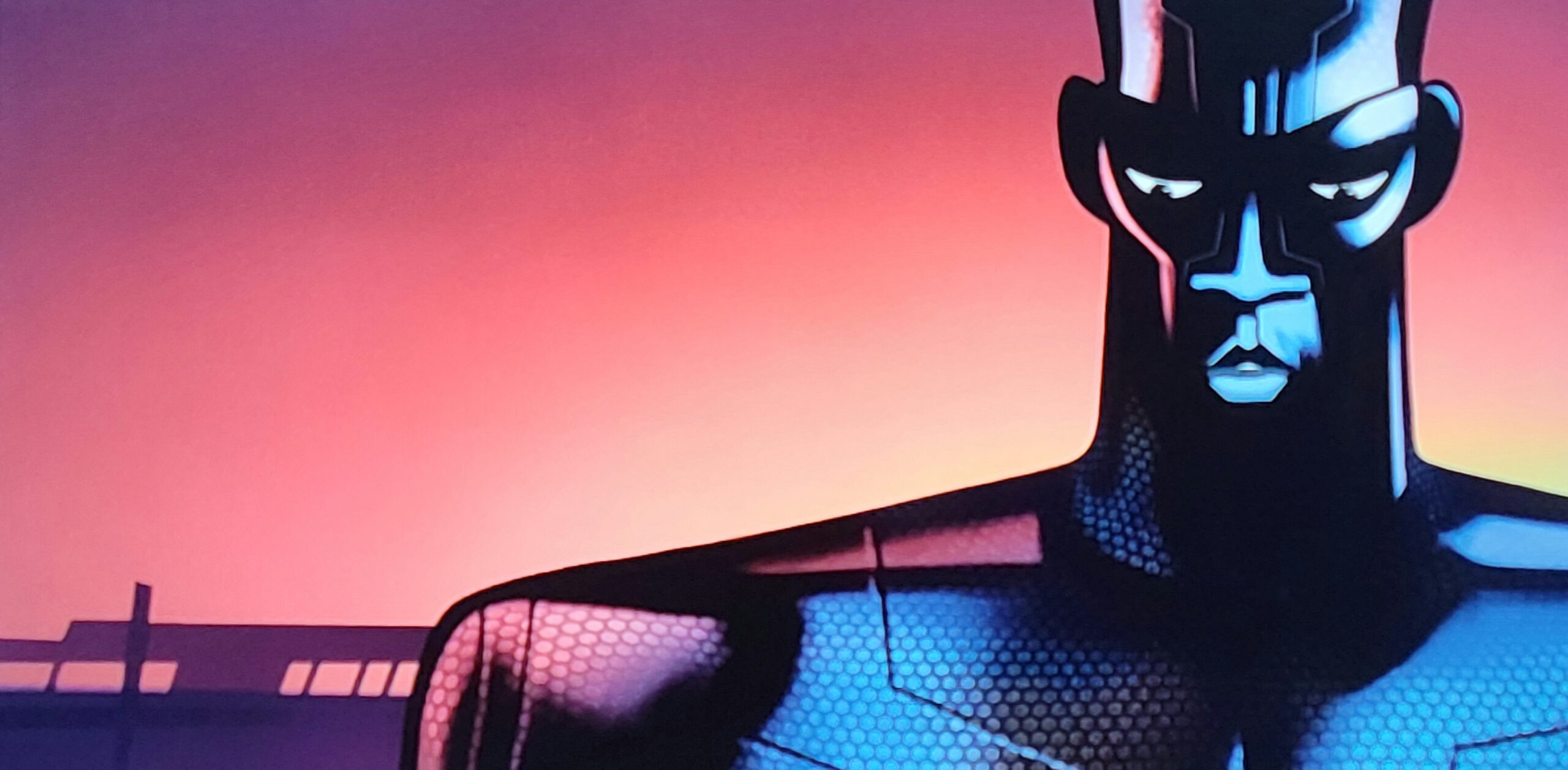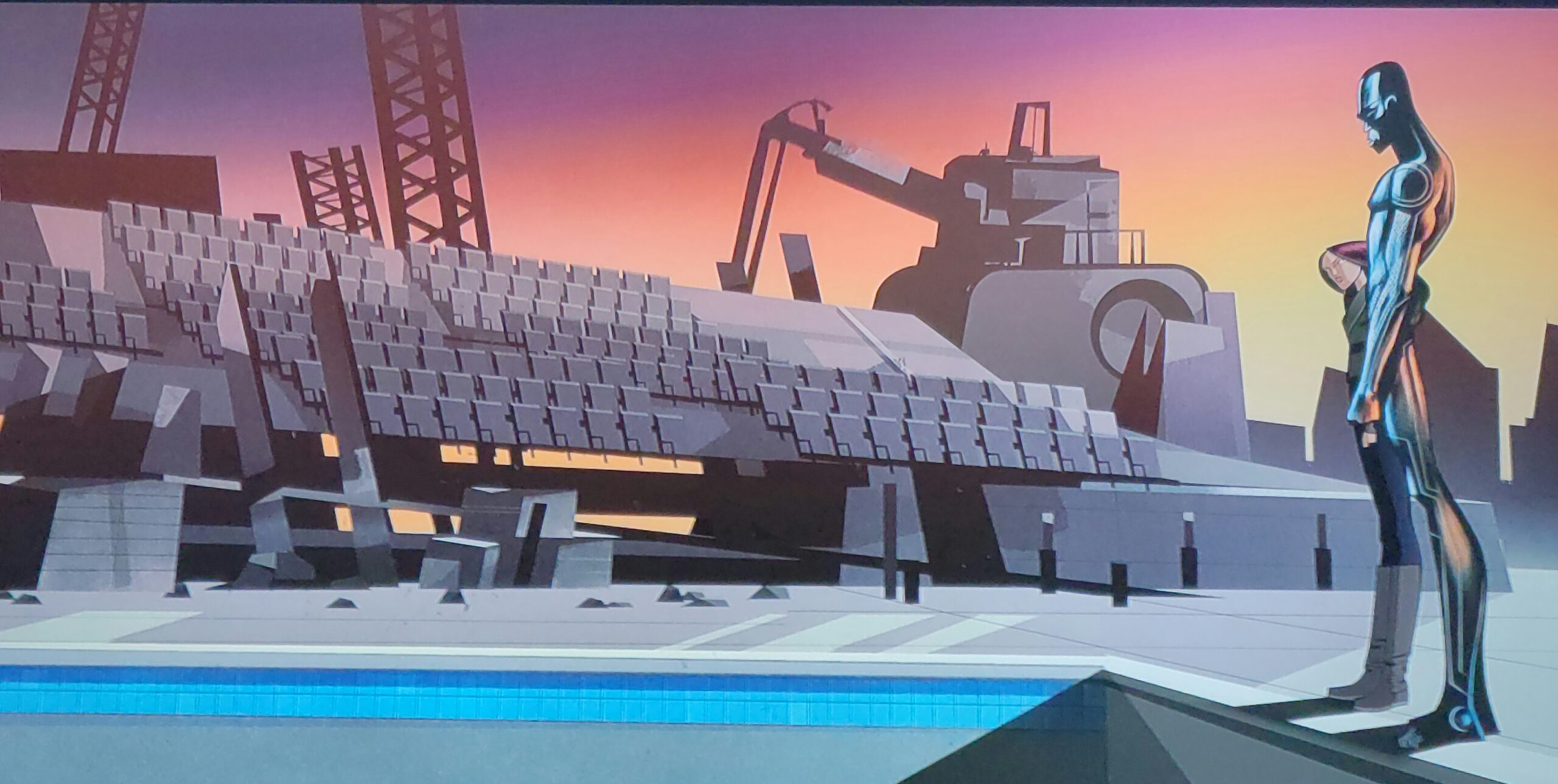Rhapsody in View. (Into the Deep Blue “Z”)
December 13, 2021
*DISCLAIMER: This screed of the moment, contains content from wiythin the Netflix series “Love, Death and Robots”, as well as transcript dialogue of one episode in particular, AKA: “Zima Blue”.
I do not own any copyrights held in regards to this property, and therefore, its inclusion here, is solely for entertainment purposes only, and without any intention of securing personal profit, so please don’t sue me, Netflix. On a side note, thus series kicks serious ass, and your stand-alone and non-related movie, “Gunpowder Milkshake” was pretty goddamn good too.]
“Somewhere over the rainbow, skies are blue, and the dreams that you dare to dream really do come true.” – Judy Garland
Greetings, Bitchiteers!
Today’s screed is going to be a little bit off my beaten track. Less snark. Minimal sarcasm. And in a surprise twist worthy of M. Night Shyamalan, it’ll be closing with a hopeful outlook, no less. No, I’m not dying, nor am I under the influence of the Deep State mind-control rays, either. In fact, I’m feeling kind of blue. Zima Blue, to be exact.
And besides, ever since I bought that tinfoil helmet off Amazon, I’ve been feeling a lot better about life in general, even with the recently acquired knowledge that my toaster has been spying on me for the CIA, for months now. Et tu, Toasty Mc Burny? Et tu?
Don’t concern yourself, for I will explain momentarily, as to what I’m talking about, but first, let me start my literary musings on the right note by offering up this facet of insight from author Alastair Reynolds: “But without fallibility there is no art. And without art, there is no truth.” He’s also well known for saying that; “Some people get it. Most people never will. But that’s art”, which may be one of the ultimate truths of the Universe, regardless of where your place in it just so happens to be.
Art, regardless of whatever joy, comfort, inspiration, or frustration for some that it may bring, is still at best, a truly singular and personal experience, and that’s the way that it should be, now and forever.
By way of example, what do you think of when you see this work by the late Swiss surrealist H.R. Geiger, titled “The Spell II”?Does it disturb you, or do you, much like myself, take comfort in its disquietingly dark multi-layered imagery, instead?
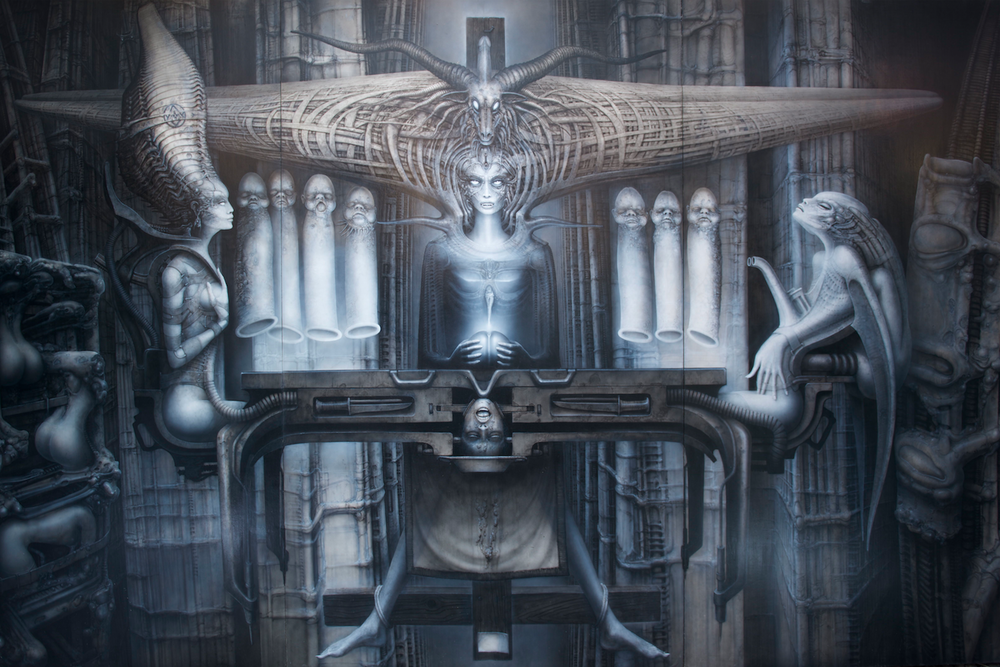 In the interest of transparency however, I feel that I should inform you all, that a copy of this painting created in 1974, has hung in every residence I’ve lived in since 1996, and it will continue to do so, until it either degrades into dust, of my GF finally makes good on her decade-old threat, and sets it on fire, so my appreciation of it, may make me somewhat biased in my lauding of it, so, just a heads up.
In the interest of transparency however, I feel that I should inform you all, that a copy of this painting created in 1974, has hung in every residence I’ve lived in since 1996, and it will continue to do so, until it either degrades into dust, of my GF finally makes good on her decade-old threat, and sets it on fire, so my appreciation of it, may make me somewhat biased in my lauding of it, so, just a heads up.
While I’m sure that a team of psychologist could have a field day of sorts, analyzing just why I love this picture so much, I myself, would rather not know the reason, lest it ruins the ongoing fascination that I’ve had with it since my mid-twenties.
A side-note if I may? This is the one piece of art in my home that most of my intimates truly just hated back in the day. On more than one occasion when this was hanging in my bedroom, I’d awake to find it draped with either my bedspread, pr a random towel, by whomever had been gracious enough to spent the night with me. I’m not bragging mind you; I’m just calling attention to the emotional state of discomfort that this work of dark intent can generate amid those who find themselves to be easily troubled.
While I’m sure that a team of psychologist could have a field day of sorts, analyzing just why I love this painting so much, I myself, would rather not know the reason, lest it ruins the ongoing fascination that I’ve had with it since my mid-twenties. Ironically, that’s also the same motive behind why I really try not to seek out the answer as to why I find women who wear thigh boots, so damn appealing:
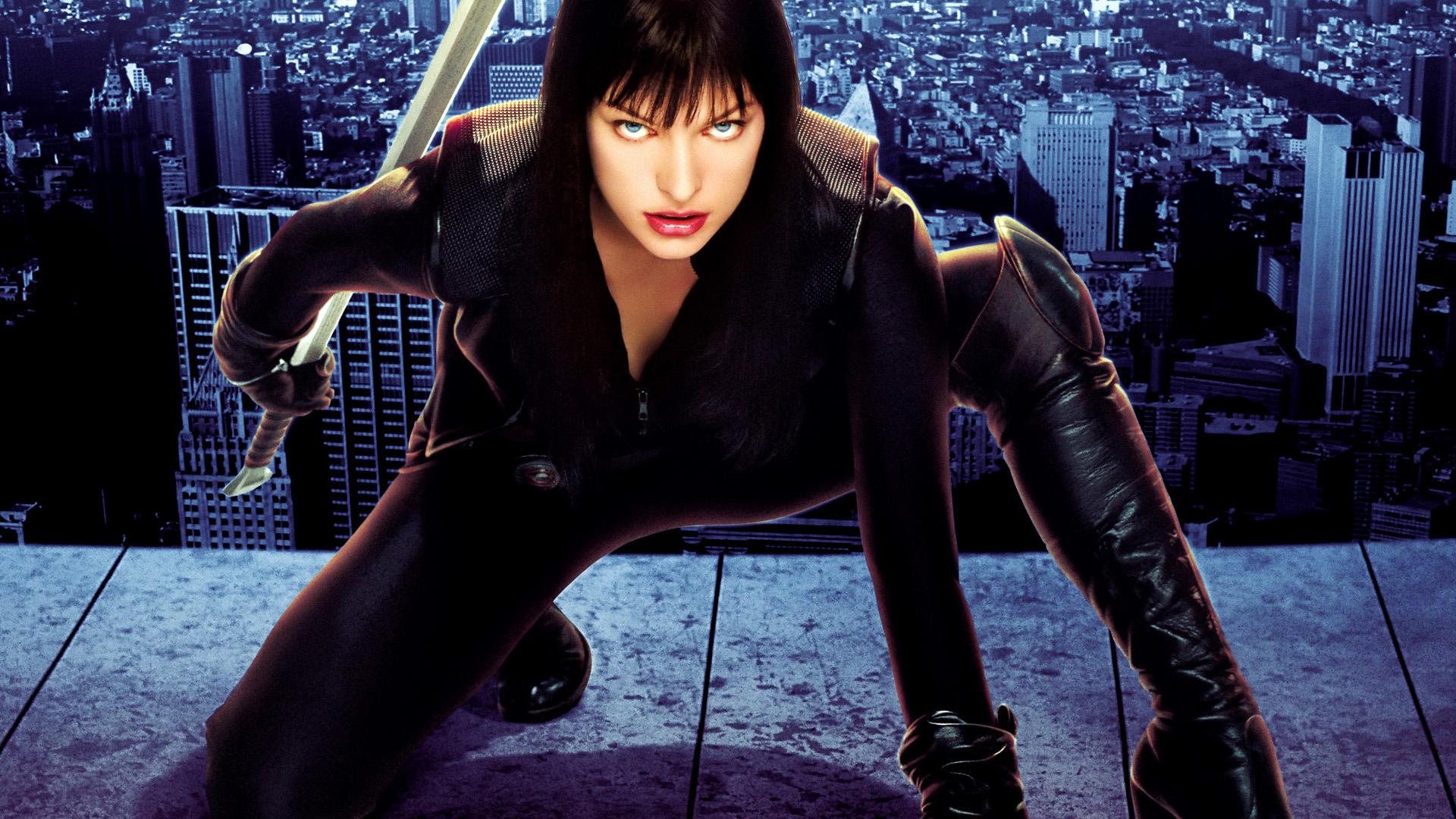 Okay, maybe the response to that eternal question is far more obvious, than as to why I dig this particular piece of art so much, but I still don’t want to know the answer, because for me at least, the lack of knowledge as it relates to this artistic attachment, is truly indeed, bliss.
Okay, maybe the response to that eternal question is far more obvious, than as to why I dig this particular piece of art so much, but I still don’t want to know the answer, because for me at least, the lack of knowledge as it relates to this artistic attachment, is truly indeed, bliss.
Now, some of you long-term Bitchiteers may note that it’s been quite some time that I’ve written about anything art-related, as my main focus these days seems to be centered on metaphorically eviscerating the willingly ignorant, so this screed of the moment should represent a nice change of pace for all of us, given the Trumpian toxicity that I’ve been dredging through the last couple of months.
The German philosopher Friedrich Nietzsche once opined that; “Whoever fights monsters should see to it that in the process he does not become a monster. And if you gaze long enough into an abyss, the abyss will gaze back into you”, which to be fair, is truly a dead-on assessment of factuality, when it comes to my personal writing, what I consider both an entertaining hobby and relaxing side-career.
And at times, lt can be somewhat difficult to shrug all that perverse darkness off my shoulders, given the unadulterated contemptibility that I attempt to metaphorically neuter, in lieu of a better analogy.
Thanks in large part to the willingness of certain members in my small community to conceitedly present themselves as they truly are, I’ve had the prime opportunity to write about the paranoid bigotry of Ken Cykala, the inconceivable ignorance of Richard “Ricardo” Leyba, the anti-logical POV of Nick “Flag Hag” Lemme, and my newest BFF, a canonize of Christian cray-cray, local insurance agent, Ruth Darlene Seawolf.
And the best part? Due to my approach of staying low-key, none of them seemingly are aware of being my personal scratching posts (yet) much to my Machiavellian delight. When this bubble of tranquility finds itself popped as all bubbles do, I’m sure some form of Hell will break loose, also much to my personal delight.
Granted, while none of these people may not be well-known past the screeds that I compose, and given their penchant to out themselves as walking among the happily uninformed, one might logically think that past their providing me fodder for my ever-expanding collection of ongoing cultural observations, I might view them as no more than irrelevant cogs in the clockwork of a spitefully stupid, if not outright hateful juggernaut of failed humanity, but I’d beg to differ.
I only say this, because the destructive ignorance that they collectively represent and willingly disseminate, should never not be challenged, nor should it ever be allowed to spread its putrid poison without the threat of dire consequence for doing so.
Haile Selassie, the late Emperor of Ethiopia, noted quite accurately, that; “Throughout history, it has been the inaction of those who could have acted; the indifference of those who should have known better; the silence of the voice of justice when it mattered most; that has made it possible for evil to triumph.”
Or if I were to present a far more simplistic approach, I’d quote the author of C.L, Wilson, who sums up my personal philosophy regarding people such as the ones I write about, with: “The Dark cannot claim what Light does not surrender.” Hence the reason as to why I so consistently hammer at the inane ideology of these democracy-defiling dimwits.
But not today, for it’s all about the art as it were, and a facet of it that as late, I have found to be truly inspiring, if not obsession inducing, and it all begins with the premise that a lone color can convey far more than its singular place within the spectrum of known hues.
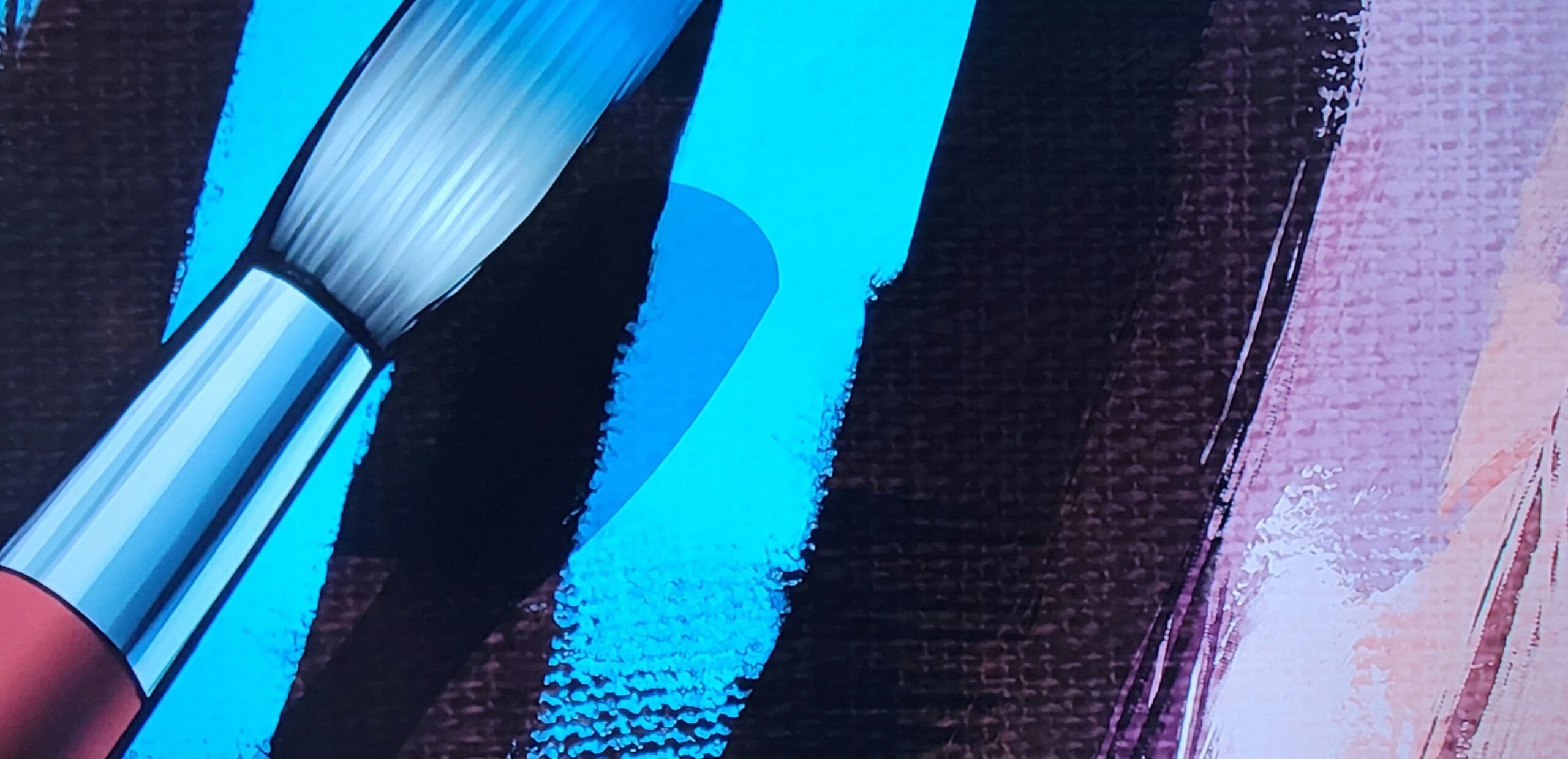 For the initiated, these animated strokes represent that which is designated within the Pantone Color System as 298C, or as it’s more commonly known amongst us discerning connoisseurs of color, Zima Blue. Other than being a color of somewhat subdued tranquility, it just so happens to be the title of a culturally pivotal episode from “Love Death + Robots.” an adult-themed animated anthology, now in its second season on the streaming platform known as Netflix.
For the initiated, these animated strokes represent that which is designated within the Pantone Color System as 298C, or as it’s more commonly known amongst us discerning connoisseurs of color, Zima Blue. Other than being a color of somewhat subdued tranquility, it just so happens to be the title of a culturally pivotal episode from “Love Death + Robots.” an adult-themed animated anthology, now in its second season on the streaming platform known as Netflix.
And while you may not understand at this moment as to why this rectangle pf serene color is relevant to a collection of disparate tales as well as today’s, I assure you that in time, you will.
Airing initially in March of 2019, the 18 episode series garner much critical acclaim due to the strength of its storytelling, as well as having said tales animated by a slew of wildly diverse animators hand-picked from a host of different countries, and allegedly draws some of its inspiration from the series producers fascination with the 1981 animated classic, “Heavy Metal”, which to this day, still remains as one of my personal favorites, if not for its visual narrative alone, but for the inclusion of a kick-ass soundtrack as well.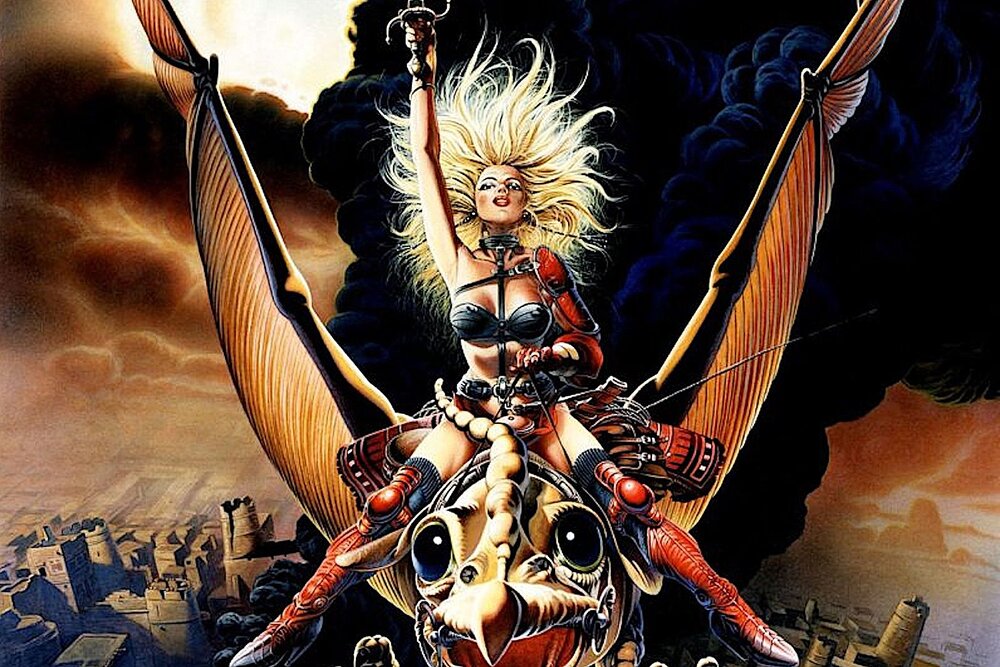 Not to mention, Heavy Metal also features a badass Taarakian warrior hottie named “Taarna”, flying around on her per pterodactyl, setting the wrongs of her world right, so it’s pretty much a straight win across the board, so far as I’m concerned. This is not to say however, that LD+R doesn’t hold its own when measured against its inspirational predecessor, and it most certainly, carves out and maintains its niche, with the very personification of dazzling creativity, if not originality of its central concept.
Not to mention, Heavy Metal also features a badass Taarakian warrior hottie named “Taarna”, flying around on her per pterodactyl, setting the wrongs of her world right, so it’s pretty much a straight win across the board, so far as I’m concerned. This is not to say however, that LD+R doesn’t hold its own when measured against its inspirational predecessor, and it most certainly, carves out and maintains its niche, with the very personification of dazzling creativity, if not originality of its central concept.
While I’ appreciative of the anthology of tales presented thus far as a whole, I do have some particular favorites, starting with episode three, “The Witness”;
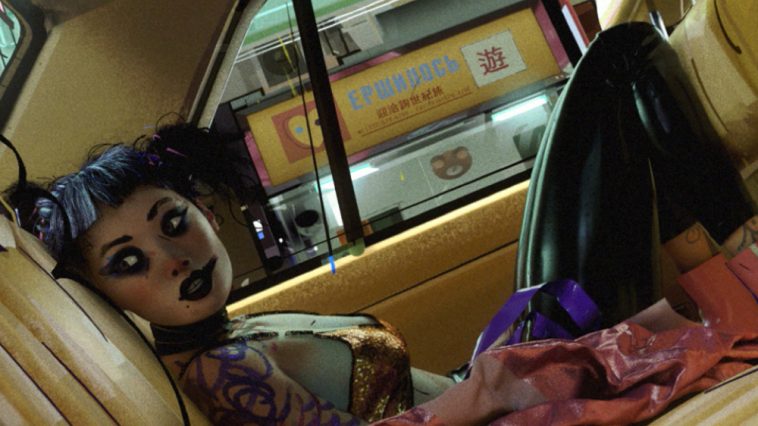 Centering around a woman’s attempt to flee from a killer, after she witnesses him committing a murder tinged with brutality, ending with a plot twist that I for one, never saw coming. Gorgeously paced animation throughout, especially when it comes to the depiction of the tangibly real cityscape presented within.
Centering around a woman’s attempt to flee from a killer, after she witnesses him committing a murder tinged with brutality, ending with a plot twist that I for one, never saw coming. Gorgeously paced animation throughout, especially when it comes to the depiction of the tangibly real cityscape presented within.
Another strong contender for a concept that deservedly needs to be developed into a stand-alone live-action move, is the nail-bitingly tense the fourth episode, “Suits”, who’s plot revolves around farmers on a small rural planetoid, defending their livestock as well as their lives, from an invasion of ravenous bug-like aliens, using home-built mech-suits to do so:
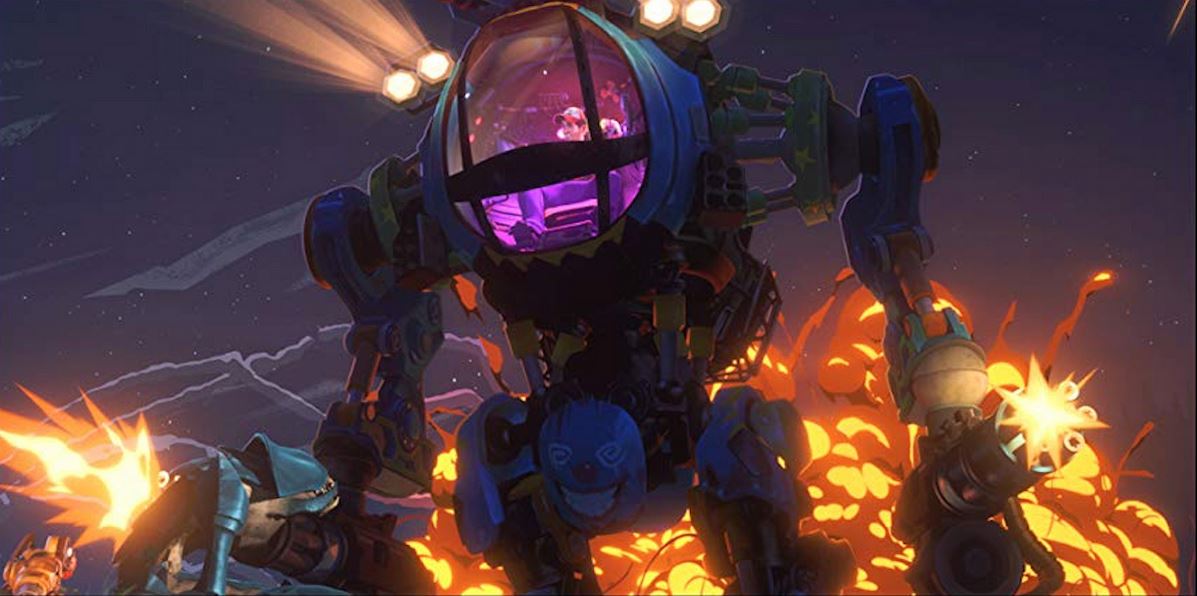 Think “Aliens” meets “Asteroids” and you’ll understand just why I love this story so goddamn much. Great narrative, addictingly tense action sequences, and phenomenal character development, leading to a gut-wrenching heroic sacrifice, all in the span of under twenty minutes. Worth your time, and your admiration.
Think “Aliens” meets “Asteroids” and you’ll understand just why I love this story so goddamn much. Great narrative, addictingly tense action sequences, and phenomenal character development, leading to a gut-wrenching heroic sacrifice, all in the span of under twenty minutes. Worth your time, and your admiration.
For fans of dark horrific comedy, episode five, “Sucker of Souls”, should fit the bill nicely, as its story centers around an archaeological dig gone horribly awry , wherein Dracula, personified as an unstoppable and bloodthirsty demon, is accidentally freed from his imprisonment in a subterranean cavern, and enters into battle with a team of hard-bitten mercenaries, who’s best defense outside of a cave-in, is the one animal Dracula is most afraid of, that being cats, I kid you not:
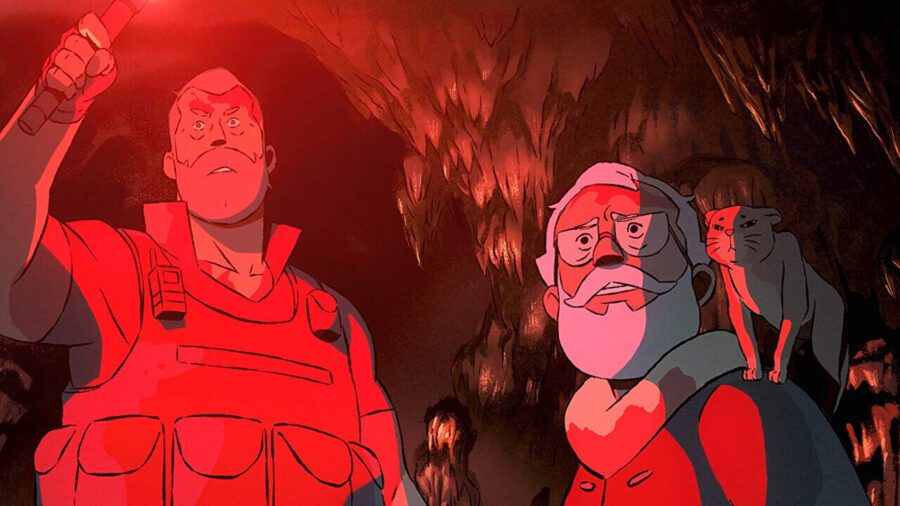 Gory, graphic, and gloriously inappropriate at times, this particular tale blends the funny, the profane, and the horrendous, into an edge of your seat roller coaster ride, that will keep you guessing as to what’s about to happen, until it’s incredibly dark conclusion.
Gory, graphic, and gloriously inappropriate at times, this particular tale blends the funny, the profane, and the horrendous, into an edge of your seat roller coaster ride, that will keep you guessing as to what’s about to happen, until it’s incredibly dark conclusion.
Rounding out my list, which by no measure is fully complete, is the highly inventive “Alternate Histories”, where we get to see the varying and whimsical ways that Hitler dies, thanks to “Multiversity”, which, as we’re eventually informed, is America’s leading alternate history research app.
This unique slice of technological wunderkind, allows its users to view cybernetic recreations of how the past would find itself altered, if any of the known and established facts concerning a historical point in time, were revised. Therefore, throughout the entirety of this episode, we are treated to several enjoyable, if not increasingly f**ked-up, visions of Hitler being killed: 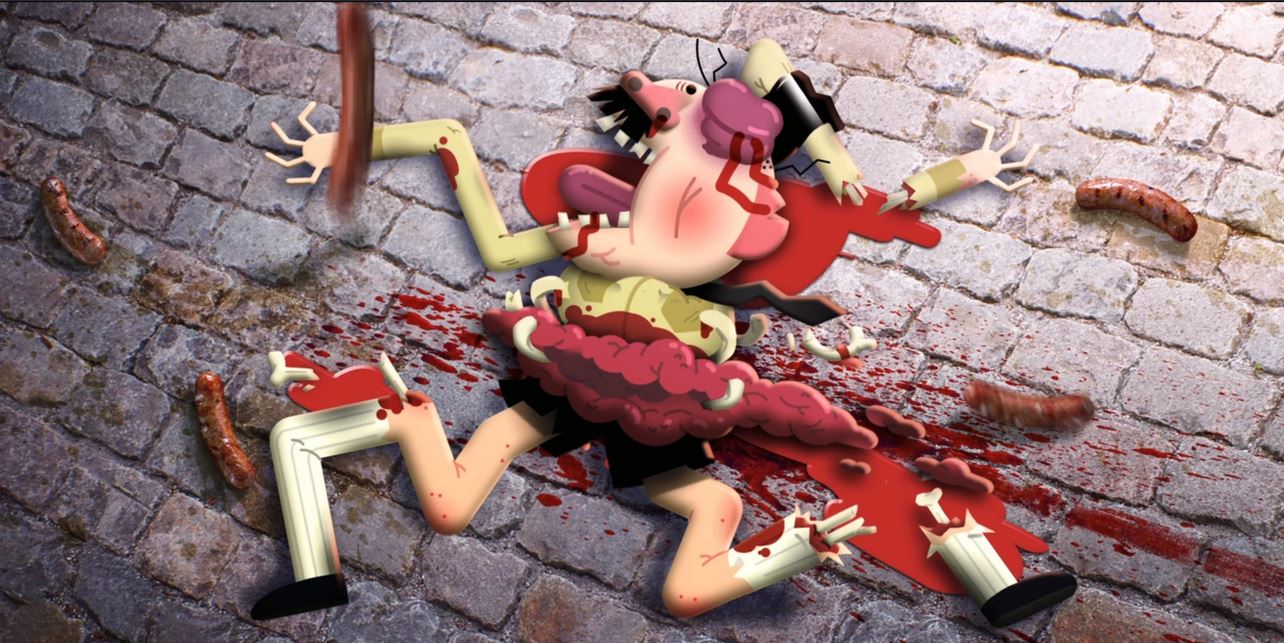 Granted, this is still too kind of a fate for him, but since he’s roasting on a spit in metaphorical Hell, and is therefore out of reach, we’ll all just have to take what we can get, and when it comes to the eventual outcomes of his multiple deaths, they are as follows:
Granted, this is still too kind of a fate for him, but since he’s roasting on a spit in metaphorical Hell, and is therefore out of reach, we’ll all just have to take what we can get, and when it comes to the eventual outcomes of his multiple deaths, they are as follows:
Beat to death on the steps of the Academy of Fine Arts, run over by a horse-drawn cart, filled with bratwurst, which ironically, is now one of my great-great cousins actually died, dying by suffocation, after being entombed in a ginormous cube of gelatin, expiring from sexual exhaustion after an epic fivesome with Viennese courtesans, perishing after being struck by a meteor, and in a paradoxical twist for the ages, killed by the crossfire emanating from two time-traveling groups, the first being anti-Nazi’s tasked to kill him, and the second, ardent Nazi’s conversely sent to save him from this particular fate.
In the last scenario presented, Hitler is saved by a mech-suit wearing version of himself, that’s armed to the teeth, and in a moment of rapturous gratitude, violates the first cardinal rule of time travel, that being “Never physically touch your mirror image self”, and subsequently, is rendered into non-existence.by the consequence of straining the limitations of established space-time:
 You know… like we’ve all done at one point in our lives?
You know… like we’ve all done at one point in our lives?
Or several, if you believe in the Multiverse Theorem, that is. Just think… there could be an even sexier version of me running around with two good legs, diabetes free, blessed with perfect vision, and the solace of long-whispered rumors that Milla Jovovich and I have been secretly dating for years. I’d assume however, that my level of devastating personal charm and rugged good locks remain as consistent, because even the Universe knows not to screw with perfection.
Or my ever-so-prevalent sense of personal humility, because let’s face it, that’s really the best thing about me, by far. Minus my ability to write as if I were Kurt Vonnegut’s untalented offspring, but that’s a given across the board, I’d think. But as with all things creative within my life, I’m always striving to do better that before, even if that movement is outwardly considered as incremental, by others.
The speed of one’s progress is unimportant, so long as it advances forward, and it matters not as to what those outside of your struggle perceive it to be, dependent on course, as to whether or not they attempt to interfere with your desire of achieving truly continuous personal evolution, which just so happens to be the cornerstone that forms the foundational underpinning of my favorite episode, earlier referenced by my use of a color swatch, “Zima Blue”.
Before we get started however, I am bound by writer’s honor to inform you all, that there are some serious “spoilers” ahead, so if you don’t want to know how this tale plays out beforehand, now would be a good time for you to go watch it, and then come back to read my assessment of it and its inherent lesson regarding the purity of one person’s exploration of the creative self.
The title of this stunningly original story, serves as dual introduction for the two main protagonists crucial to its narrative, the first being the deliberately reclusive artist of whom little is known, Zima Blue…
 … and the second, being the singular color that Zima has used exclusively to create what has become his world-famous Catalogue Raisonné, which as you may have already surmised, is the aforementioned Pantone 298C, which in ways, both subtle and not, is used as a color cue throughout this elegantly drafted gem of the animators craft.
… and the second, being the singular color that Zima has used exclusively to create what has become his world-famous Catalogue Raisonné, which as you may have already surmised, is the aforementioned Pantone 298C, which in ways, both subtle and not, is used as a color cue throughout this elegantly drafted gem of the animators craft.
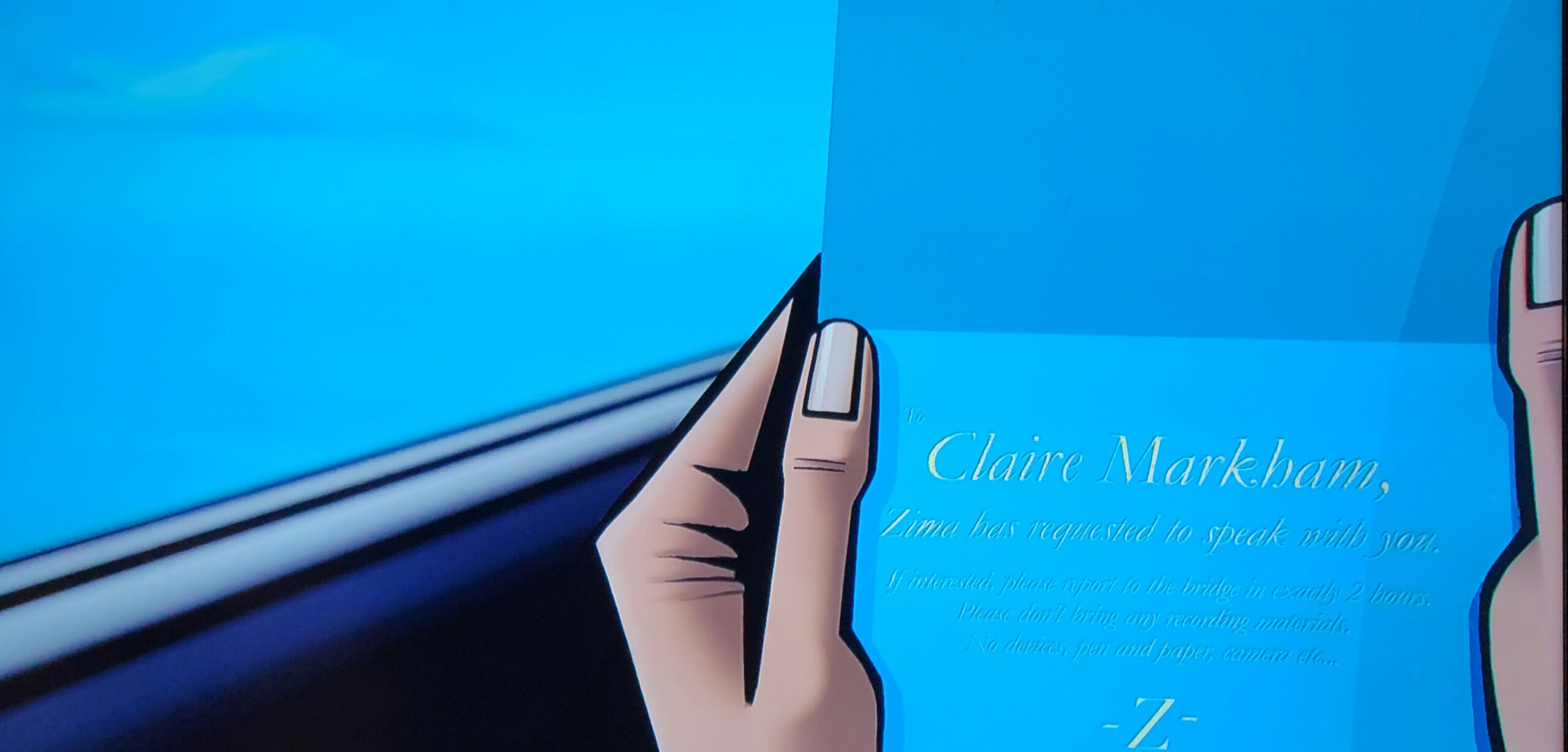 It may seem strange to some, prior to their viewing of this tale, that a non-sentient color is essential to its foundation, but it really shouldn’t be in retrospect, as color has always played a major role in not only setting cinematic mood, but the sense of place as well, and in the case of Zima Blue, it does such with understated subtlety, if not inspiring, artistically spiritual ingenuity.
It may seem strange to some, prior to their viewing of this tale, that a non-sentient color is essential to its foundation, but it really shouldn’t be in retrospect, as color has always played a major role in not only setting cinematic mood, but the sense of place as well, and in the case of Zima Blue, it does such with understated subtlety, if not inspiring, artistically spiritual ingenuity.
The color itself may not speak in the traditional sense, but its charismatic presence cannot be underestimated, if only to understand its importance to the formation of the narrative presented. In its purest distillation, it embodies both the inquisitive beginning of, and the erudite heralding leading to, the culmination of Zima’s metaphysical journey within the realms of virtuously limitless expression.
Used throughout the piece entire as a primary tone, a shading aspect, and as a highlight that cameos within almost every pixilated frame, the shade figuratively and literally, grounds the story that eventually unfolds towards its unexpected conclusion. Opening with narration provided by Claire Markham, a journalist who we soon discover, is en route to meet Zima face to face, despite his history of declining interviews with her in the past, we’re treated to a cinematic view of her travels across a calm sea, the color of which, naturally, is Zima Blue.
The reason behind this intimate invitation to Claire alone, remains shrouded in mysterious conjecture, much like the man and the work he creates, a state of affairs that Clare also touches upon: as she awaits her eventual rendezvous with the enigmatic artist:
 “Little is known about Zima’s history. It was said that he started his art career in portraiture, but for Zima, the human form was too small a subject. The search for deeper meaning caused him to look further… to the cosmos itself.”
“Little is known about Zima’s history. It was said that he started his art career in portraiture, but for Zima, the human form was too small a subject. The search for deeper meaning caused him to look further… to the cosmos itself.”
The launching point for the story thus being established, we are then treated to a discussion of Zima’s work, which if transcribed into our reality, would not only be regarded as truly the fullest countenance of post-modernism, but theoretically, would find itself hailed for its achievement of not only extending the influence of one’s art past the realm of that which was known, but for the improbability of shattering the boundary between the atheistic and the practical, as well:
“It was said that he started his art career in portraiture, but for Zima, the human form was too small a subject.”
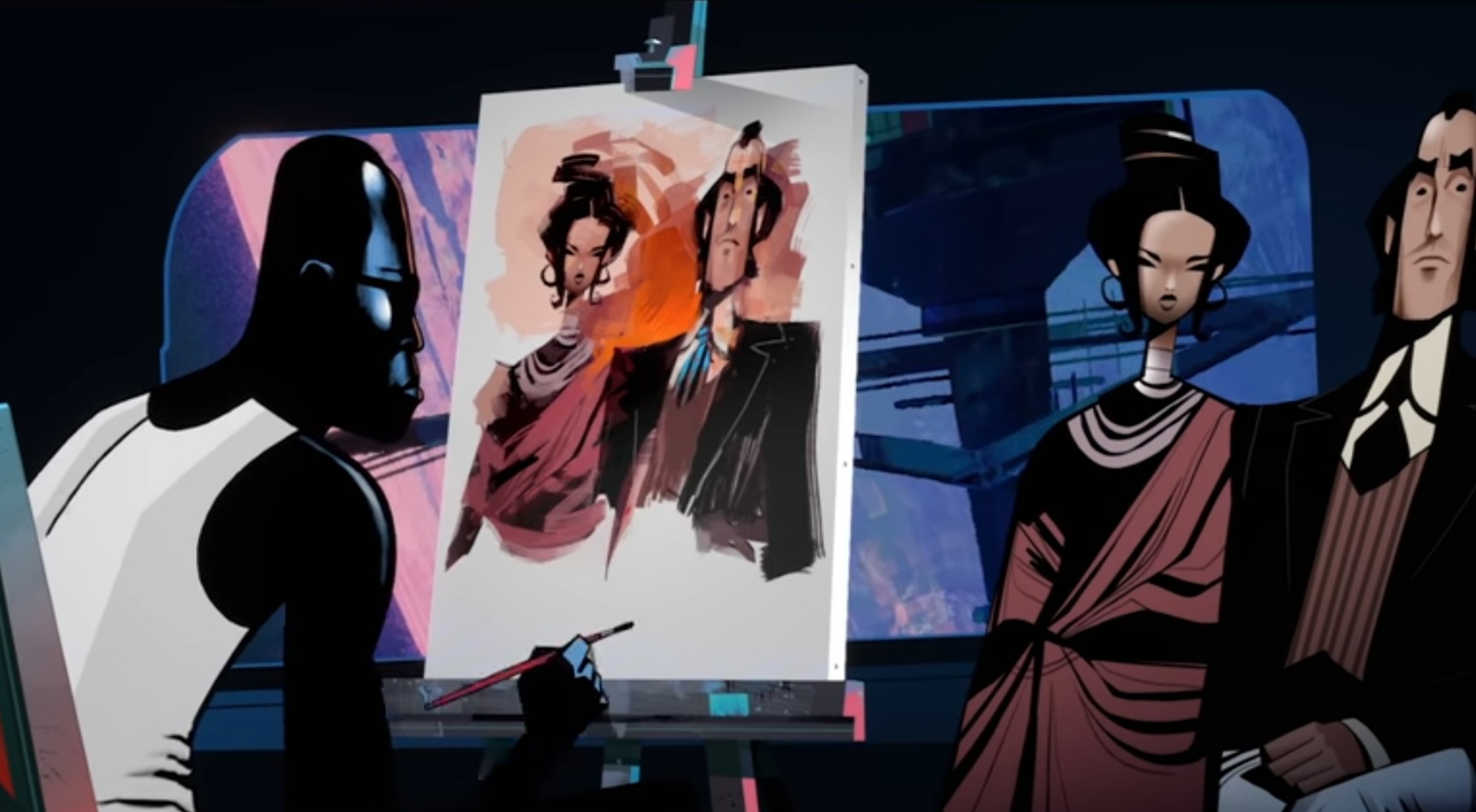 “The search for deeper meaning caused him to look further… to the cosmos itself. That’s how the mural work started. They were undeniably brilliant.”
“The search for deeper meaning caused him to look further… to the cosmos itself. That’s how the mural work started. They were undeniably brilliant.”
 “One day, Zima unveiled a mural that had something different about it.”
“One day, Zima unveiled a mural that had something different about it.”
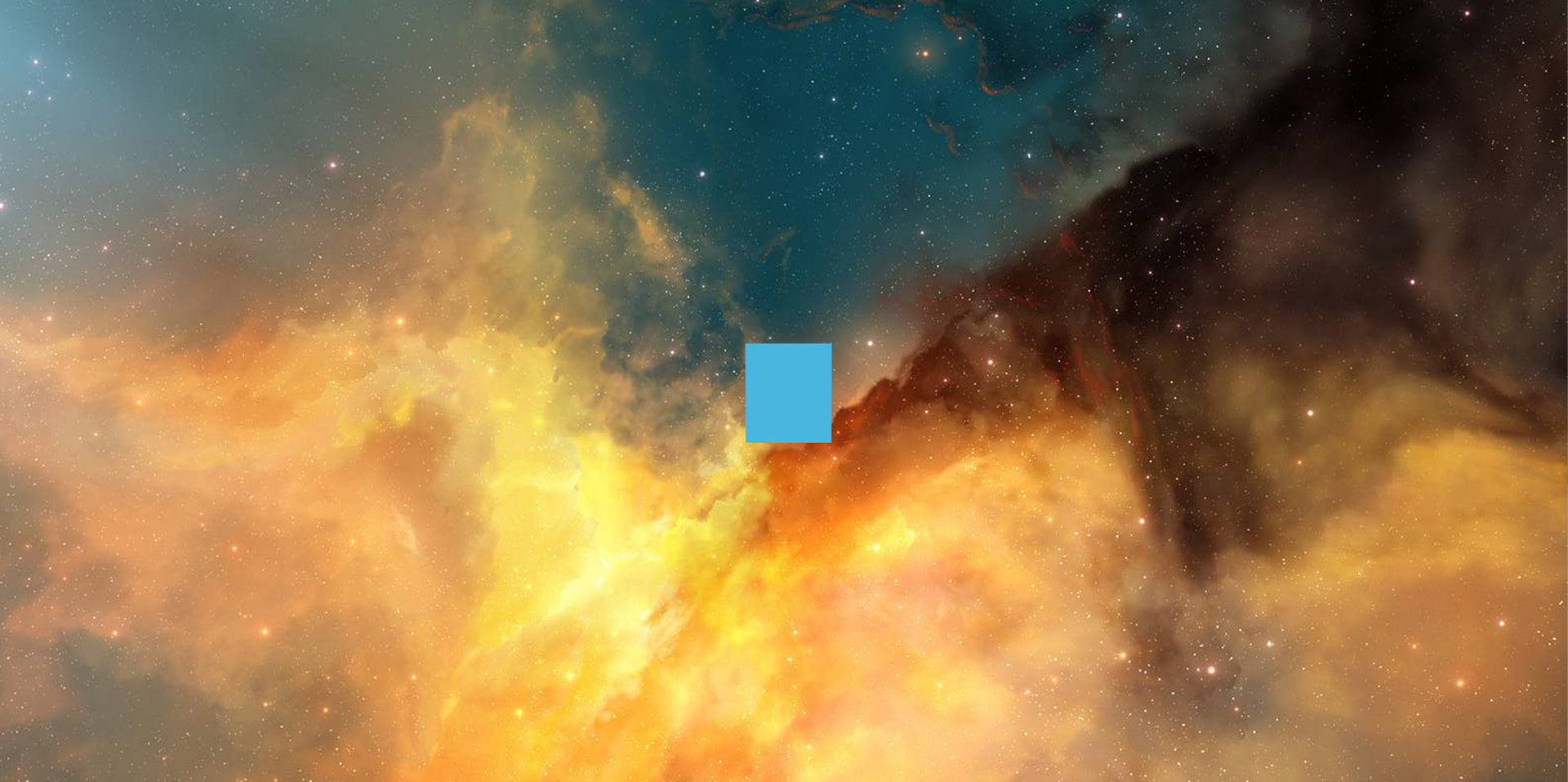 “The square was just the beginning. Over the next several decades, the abstract shapes changed and became more dominant.. But, always, the shade of blue was the same.”
“The square was just the beginning. Over the next several decades, the abstract shapes changed and became more dominant.. But, always, the shade of blue was the same.”
 “It was Zima Blue.. Before very long, Zima unveiled the first of his entirely blue murals. It was considered by many to be as far as Zima could take things. They couldn’t have been more wrong. When most people speak about his Blue Period, they mean the era of the truly huge murals…”
“It was Zima Blue.. Before very long, Zima unveiled the first of his entirely blue murals. It was considered by many to be as far as Zima could take things. They couldn’t have been more wrong. When most people speak about his Blue Period, they mean the era of the truly huge murals…”
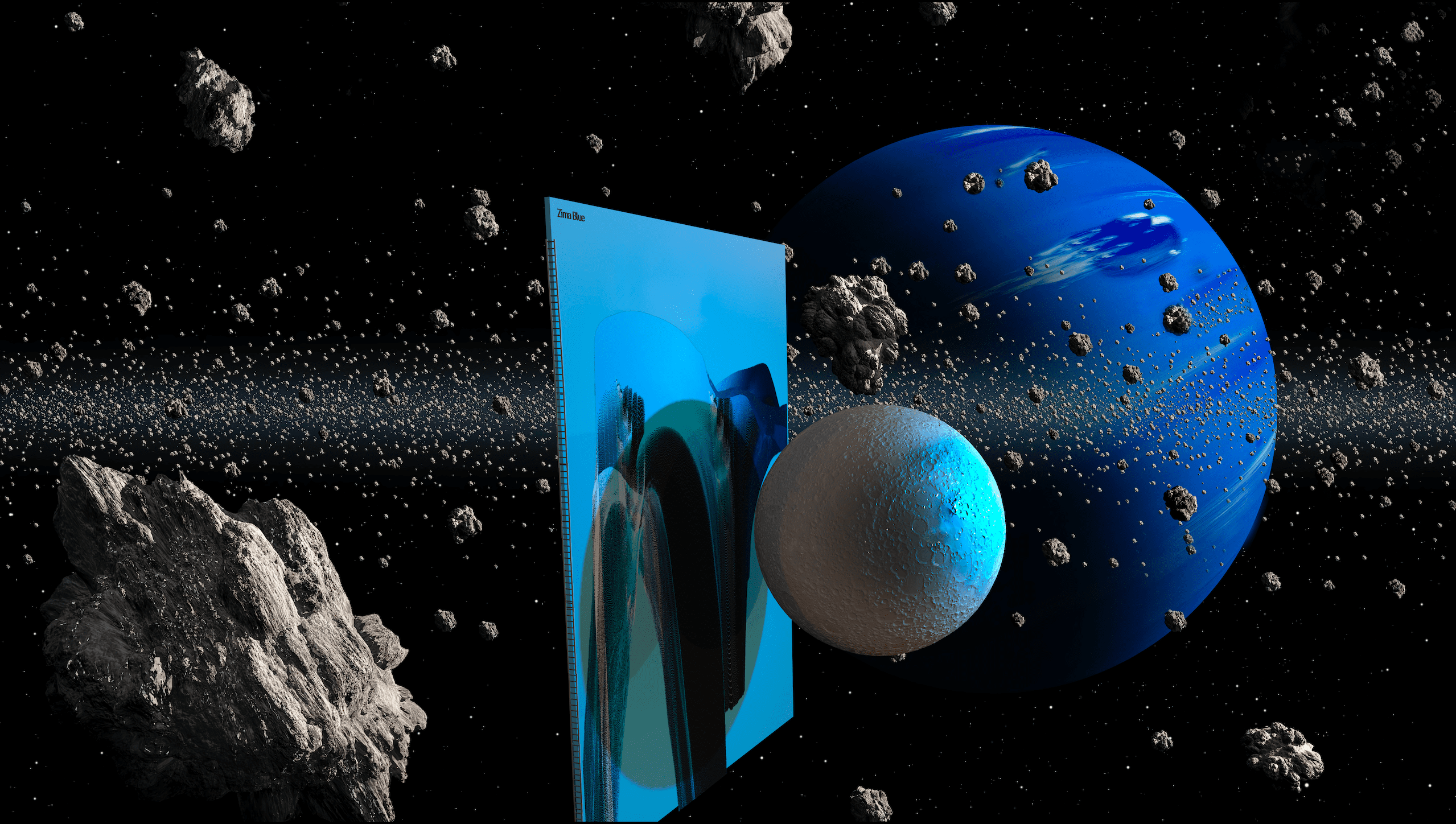 “…but Zima was just getting started. It was a certain level of spectacle that made Zima truly famous… even to those with no interest in art.”
“…but Zima was just getting started. It was a certain level of spectacle that made Zima truly famous… even to those with no interest in art.”
 Addressing his growing discontent with the direction of his work, Claire’s continuing narration elaborates that unlike most artists who go on a quest, seeking the expansion of their creativity, Zima’s path was one that few, if any, of his contemporizes would willingly walk, much less consider worth the risk:“In spite of all his success, Zima was still dissatisfied and what he did next was, for many, too extreme a sacrifice to make for art.”
Addressing his growing discontent with the direction of his work, Claire’s continuing narration elaborates that unlike most artists who go on a quest, seeking the expansion of their creativity, Zima’s path was one that few, if any, of his contemporizes would willingly walk, much less consider worth the risk:“In spite of all his success, Zima was still dissatisfied and what he did next was, for many, too extreme a sacrifice to make for art.”
There was a planet called Kharkov Eight. It specialized in illicit cybernetic modifications. He underwent radical biological procedures that enabled him to tolerate extreme environments without the burden of a protective suit.
 “His eyes could see in any known spectrum. He no longer breathed oxygen. His skin was replaced with pressurized polymer and so he ventured forth to commune with the cosmos. But what Zima eventually realized is that the cosmos was already speaking its own truth far better than he ever could.”
“His eyes could see in any known spectrum. He no longer breathed oxygen. His skin was replaced with pressurized polymer and so he ventured forth to commune with the cosmos. But what Zima eventually realized is that the cosmos was already speaking its own truth far better than he ever could.”
As she arrives at Zima’s ocean-based headquarters, Claire, who’s not too bad of a looker herself;
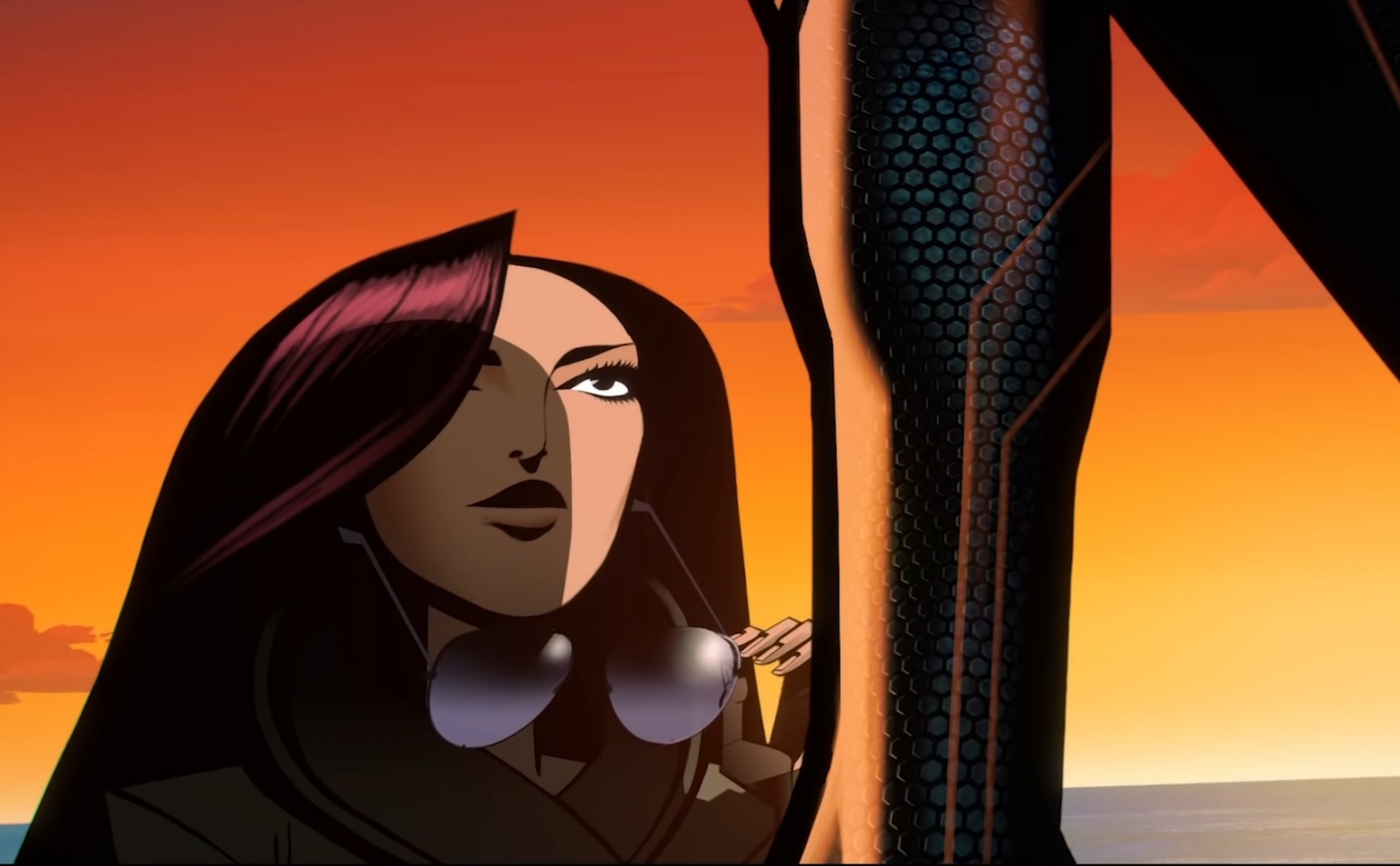 shares with us all, her first impression of Zima: “He was a handsome man, even after all his transformations.” However, our first collective glimpse of Zima as he is, suggests that there is and always has been , more to his narrative than just the challenges of an artist’s attempt to find the sanctuary of place for both he and his work within the Universe entire, as it currently exists.
shares with us all, her first impression of Zima: “He was a handsome man, even after all his transformations.” However, our first collective glimpse of Zima as he is, suggests that there is and always has been , more to his narrative than just the challenges of an artist’s attempt to find the sanctuary of place for both he and his work within the Universe entire, as it currently exists.
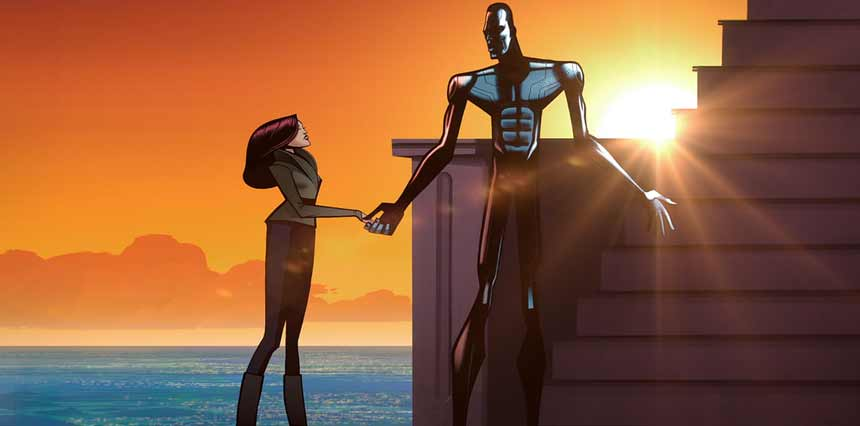 It is at this point, that Zima enlightens Claire as to why her presence had been specifically requested: “Relax, Claire. Some people find me intimidating, but they quickly get over it. It’s been over 100 years since I’ve spoken to the press. I’ve invited you here because I want you to help me tell my story. Shall we take a little walk?
It is at this point, that Zima enlightens Claire as to why her presence had been specifically requested: “Relax, Claire. Some people find me intimidating, but they quickly get over it. It’s been over 100 years since I’ve spoken to the press. I’ve invited you here because I want you to help me tell my story. Shall we take a little walk?
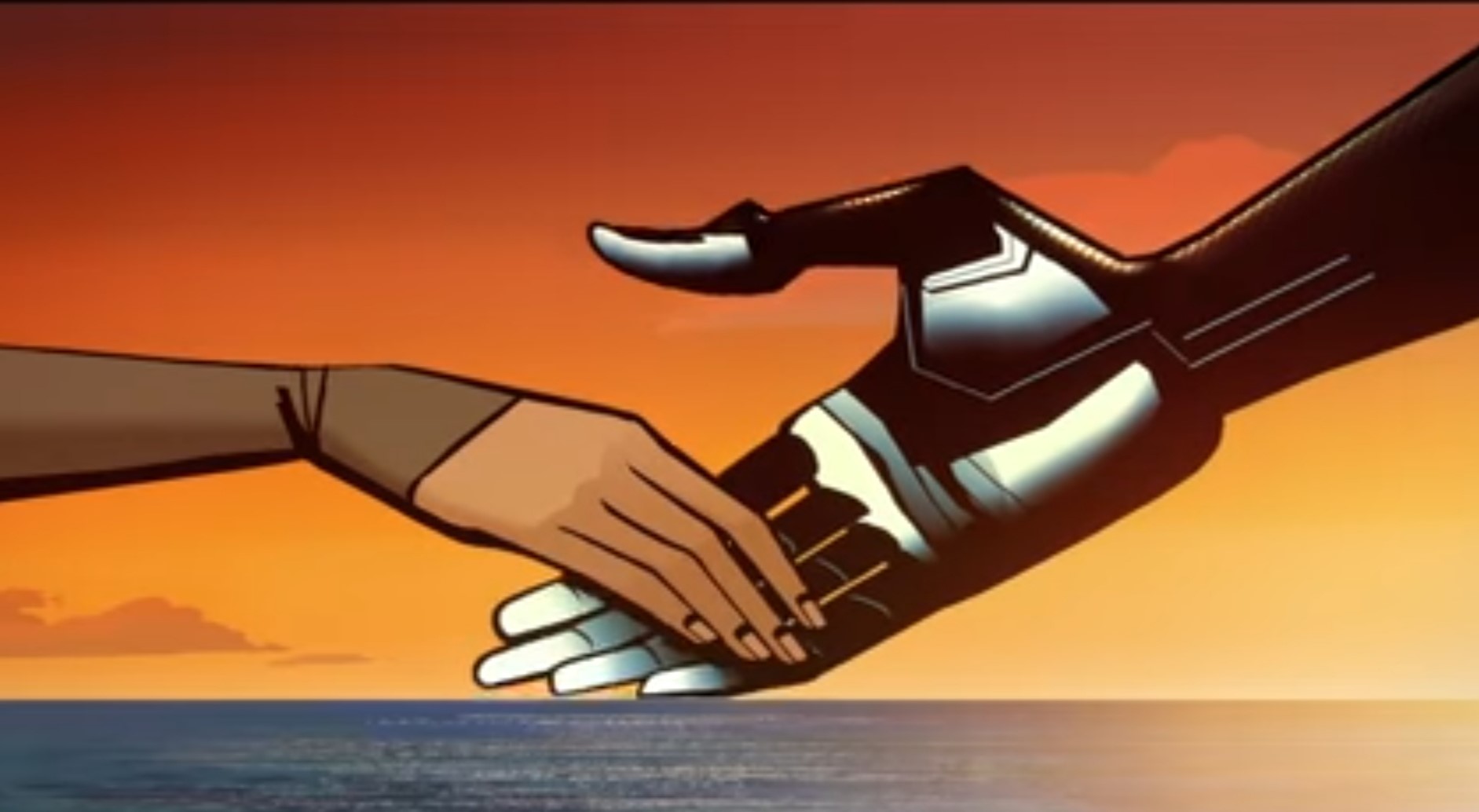 This question leads to one of my favorite scenes, the setting in place moment that due to the streamlined illustrative quality of the elements displayed within, captures both my attention and calls attention to my fondness for the combination of Deco and Brutalist architecture.
This question leads to one of my favorite scenes, the setting in place moment that due to the streamlined illustrative quality of the elements displayed within, captures both my attention and calls attention to my fondness for the combination of Deco and Brutalist architecture.
 As they ascend to a vantage point overlooking the still being constructed venue that will eventually host Zima’s final and potentially greatest work, he begins to reveal the parameters of his truly humble, and in a plot twist I did not see coming, his literally invented from scratch origins,
As they ascend to a vantage point overlooking the still being constructed venue that will eventually host Zima’s final and potentially greatest work, he begins to reveal the parameters of his truly humble, and in a plot twist I did not see coming, his literally invented from scratch origins,
 This revelation, when presented to the collective audience, transforms this story from a modest tale of the quest to achieve the zenith of integrity for one’s art, to a challenge regarding the construct of what acquiring such, does to constitute the essence of what we apprise as humanity’s essence.
This revelation, when presented to the collective audience, transforms this story from a modest tale of the quest to achieve the zenith of integrity for one’s art, to a challenge regarding the construct of what acquiring such, does to constitute the essence of what we apprise as humanity’s essence.
On closer inspection, Zima’s potentially greatest work reveals itself as no more than then an ordinary swimming pool, to which Zima notes; “My search for truth has led me here, to what will be my final piece. At last, I understand the thing I sought through my art.”
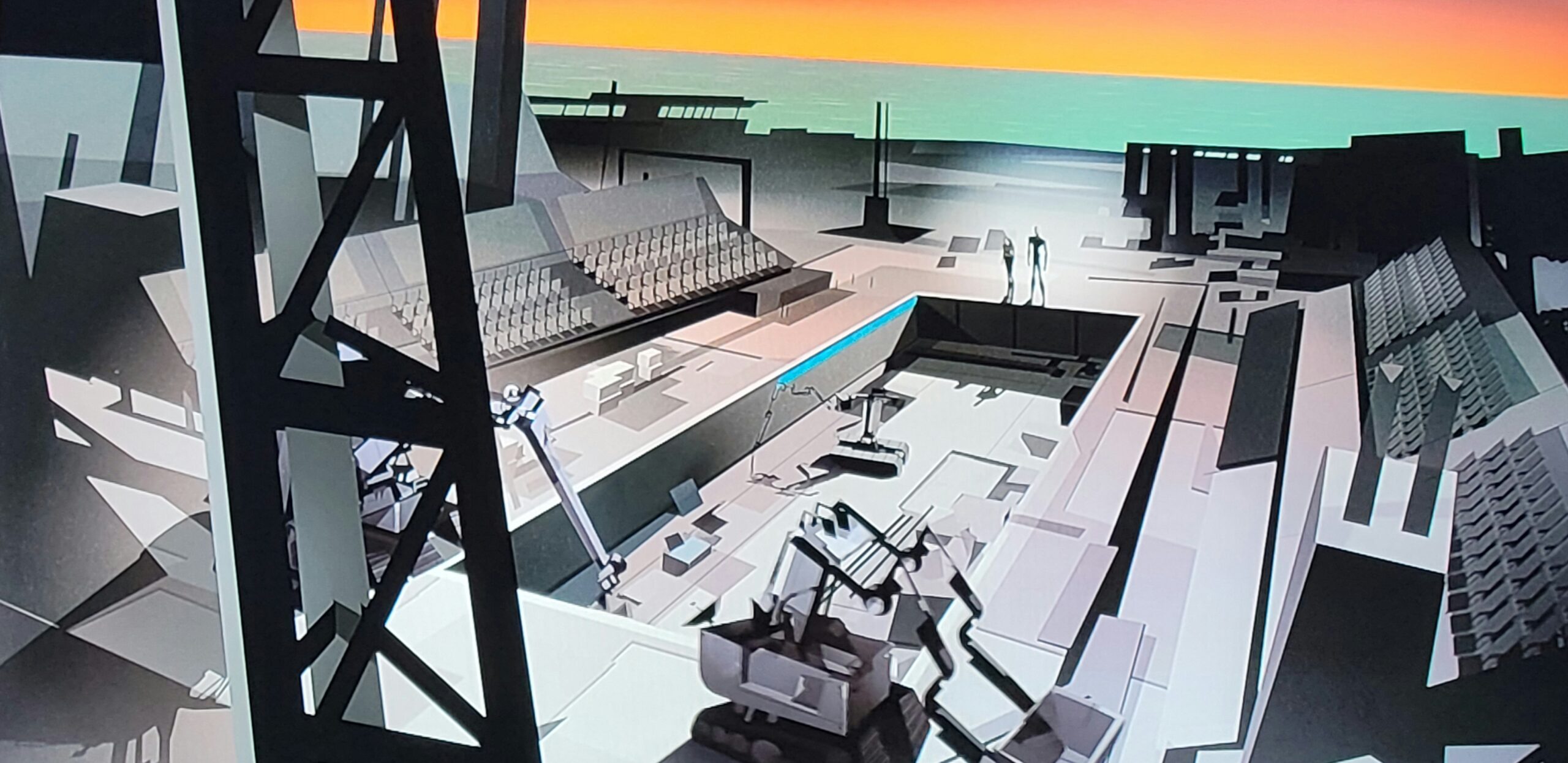 Curious as to Zima’s final creative intent, Claire queries: “And what does this swimming pool have to do with that?” Sagely, Zima responds; It’s not just any swimming pool…”
Curious as to Zima’s final creative intent, Claire queries: “And what does this swimming pool have to do with that?” Sagely, Zima responds; It’s not just any swimming pool…”
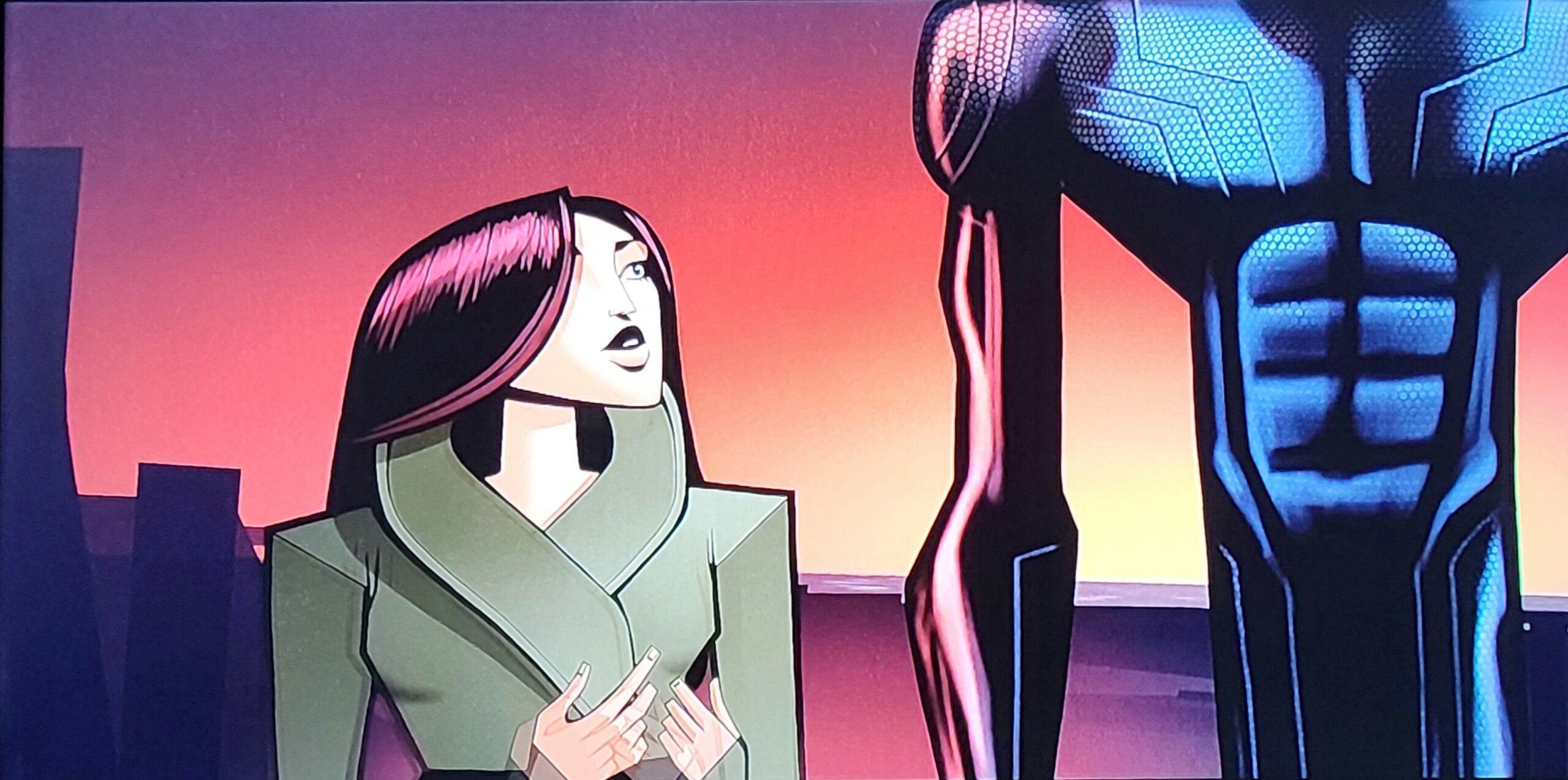 “Long ago, it belonged to a talented young woman with a keen interest in practical robotics. She created dozens of robots to do odd jobs around her house, but she was especially fond of the one she’d created to clean her swimming pool. The little machine toiled endlessly, scrubbing the ceramic sides of the pool.”
“Long ago, it belonged to a talented young woman with a keen interest in practical robotics. She created dozens of robots to do odd jobs around her house, but she was especially fond of the one she’d created to clean her swimming pool. The little machine toiled endlessly, scrubbing the ceramic sides of the pool.”
 But the young woman wasn’t satisfied with the job it did. So, she gave it a full color vision system and a brain large enough to process the visual data into a model of its surroundings.”
But the young woman wasn’t satisfied with the job it did. So, she gave it a full color vision system and a brain large enough to process the visual data into a model of its surroundings.”
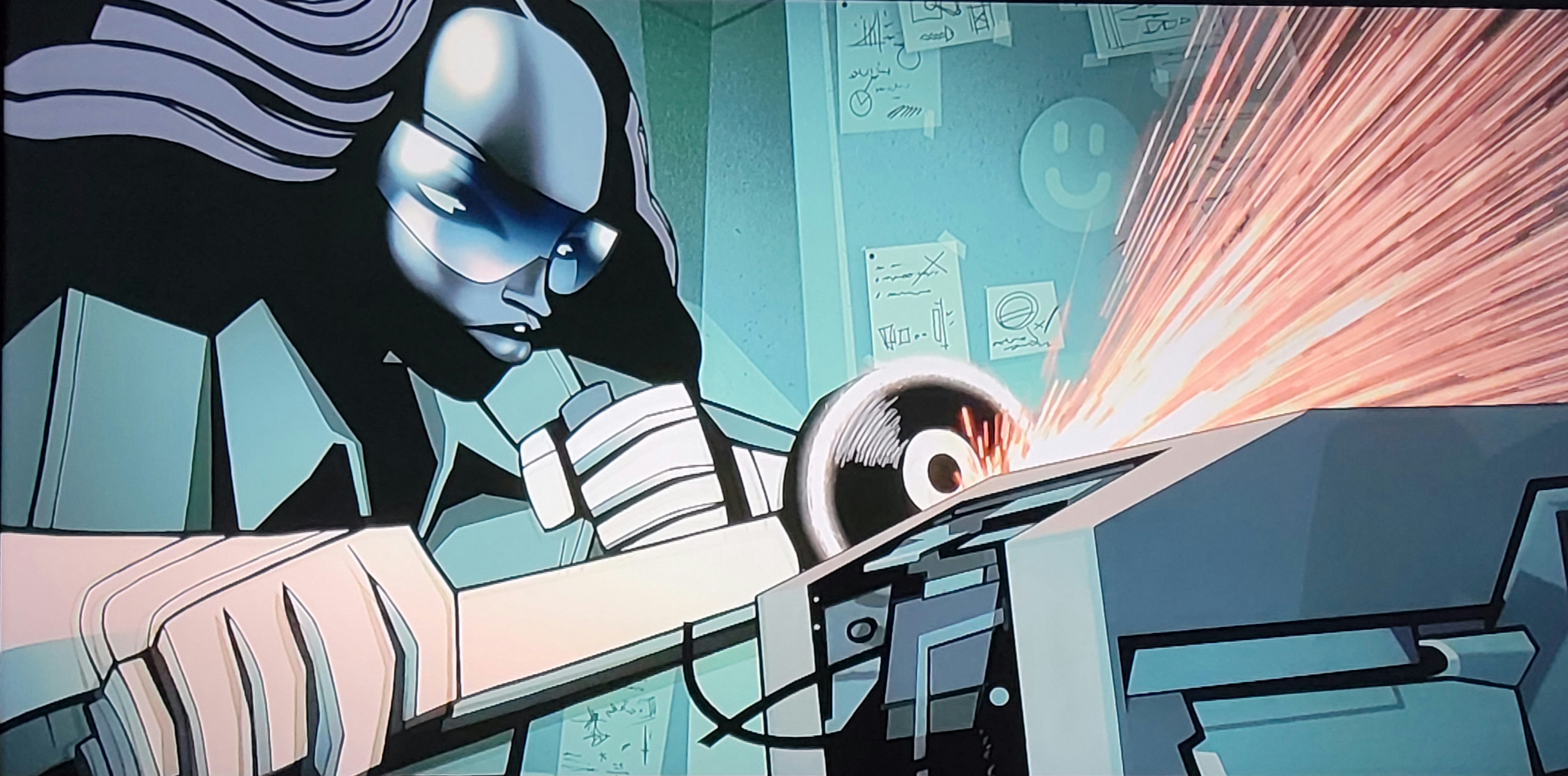 “She gave it the ability to make its own decisions, to design different strategies for cleaning the pool. She continued to use the machine as a test-bed for new hardware and software. And by stages, it became more aware. Eventually, the woman died. The little machine was passed from one owner to the next. They added things, made modifications here and there and with every iteration, it became more alive.
“She gave it the ability to make its own decisions, to design different strategies for cleaning the pool. She continued to use the machine as a test-bed for new hardware and software. And by stages, it became more aware. Eventually, the woman died. The little machine was passed from one owner to the next. They added things, made modifications here and there and with every iteration, it became more alive.
A side tangent, if it can be allowed. One of the things tha5 I truly appreciate about this particular story, past the nucleus of it’s truly original take on the well-worn trope of the Artists Journey, is the fact that it’s main protagonist, along with being non-human, is also not the standardized “in our image” Caucasian paradigm of personage that we’ve seen countless times before, and neither is Zima’ creator, who’s both a highly intelligent woman, and obviously based on a multicultural ideal, as well.
At the risk of coming off as “woke”, it’s refreshing to see non-White characters being placed in a natural context, without an explanation as to why they’re there to begin with- they just are, and no rationalization is (or should be) required to establish why this is. And to be honest, this societal element went initially unnoticed by myself at first, due to the sheer inventiveness of the tale being woven before my eyes.
To her credit, Claire takes this stunning admission of true self quite well:
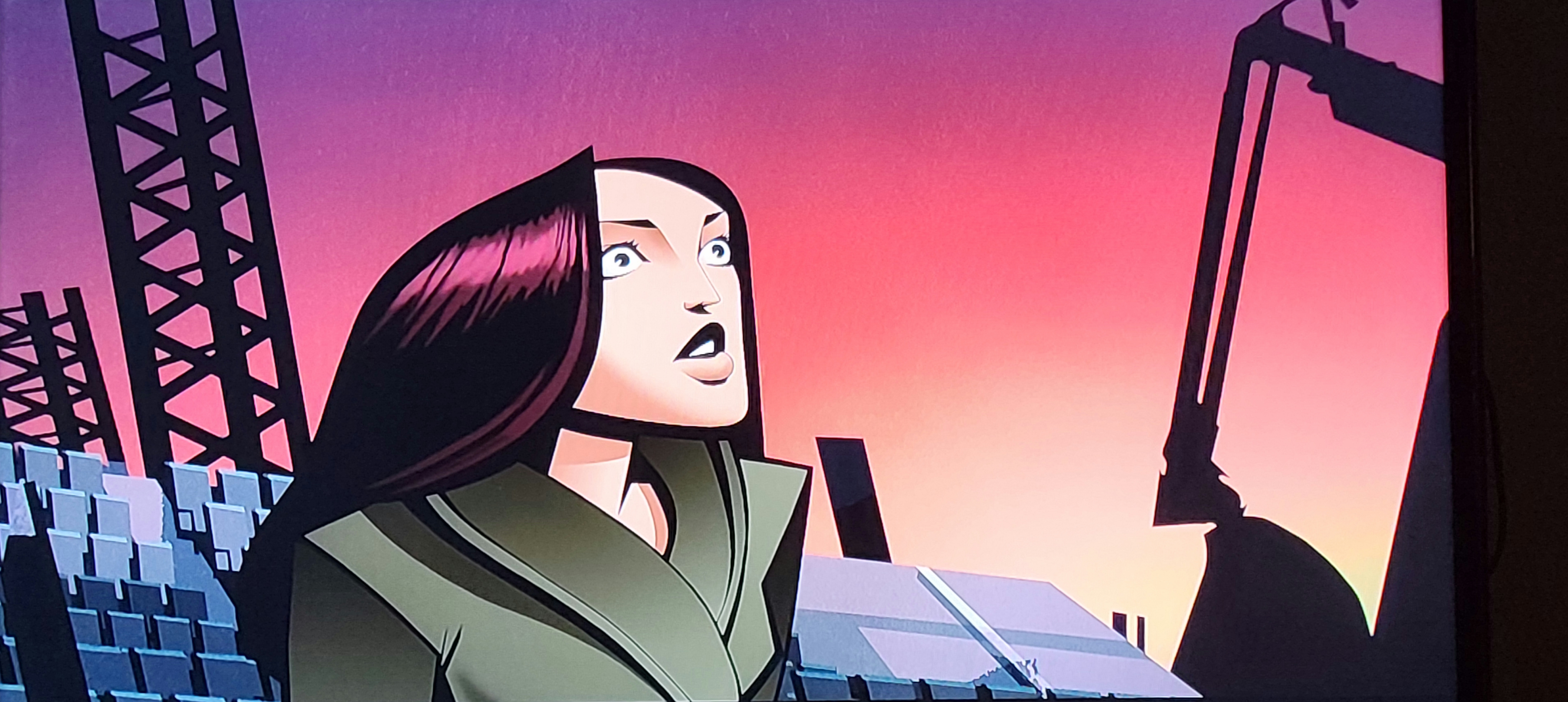 Far better than I would have, in fact, and I say that as a former New Yorker, a class of people who pride themselves for taking most things in stride, if not snide. Given the circumstances of its birth, and the pinnacles of its collective accomplishment, I’d have to assume that Claire’s acceptance to Zima’s backstory, is probably formed out of her sheer badassery, which to be honest, just adds to her overall animated hotness factor.
Far better than I would have, in fact, and I say that as a former New Yorker, a class of people who pride themselves for taking most things in stride, if not snide. Given the circumstances of its birth, and the pinnacles of its collective accomplishment, I’d have to assume that Claire’s acceptance to Zima’s backstory, is probably formed out of her sheer badassery, which to be honest, just adds to her overall animated hotness factor.
What can I say? I like my cartoon chicks to kick ass, take names, and then… promptly forget them. However, being casually informed that one of the most respected artists in the world was once a household appliance, has definitely got to be a conversation starter, to say the very least.
If for instance, I ever discover that Milla Jovovich had been at one point in time, a Dyson vacuum cleaner, not only would I be even more fascinated by her, I’d finally have my answer as to whether it’s true that bagless vacuum cleaners are better than bagged ones. They’re not by the way, but never waste an educational opportunity, kids. Trust me on this.
Claire remains contemplatively silent, as Zima looks out towards a singular robot, resolute in its programmed task setting the tile of the pool, perhaps even inwardly reflecting on their not too dissimilar connection.
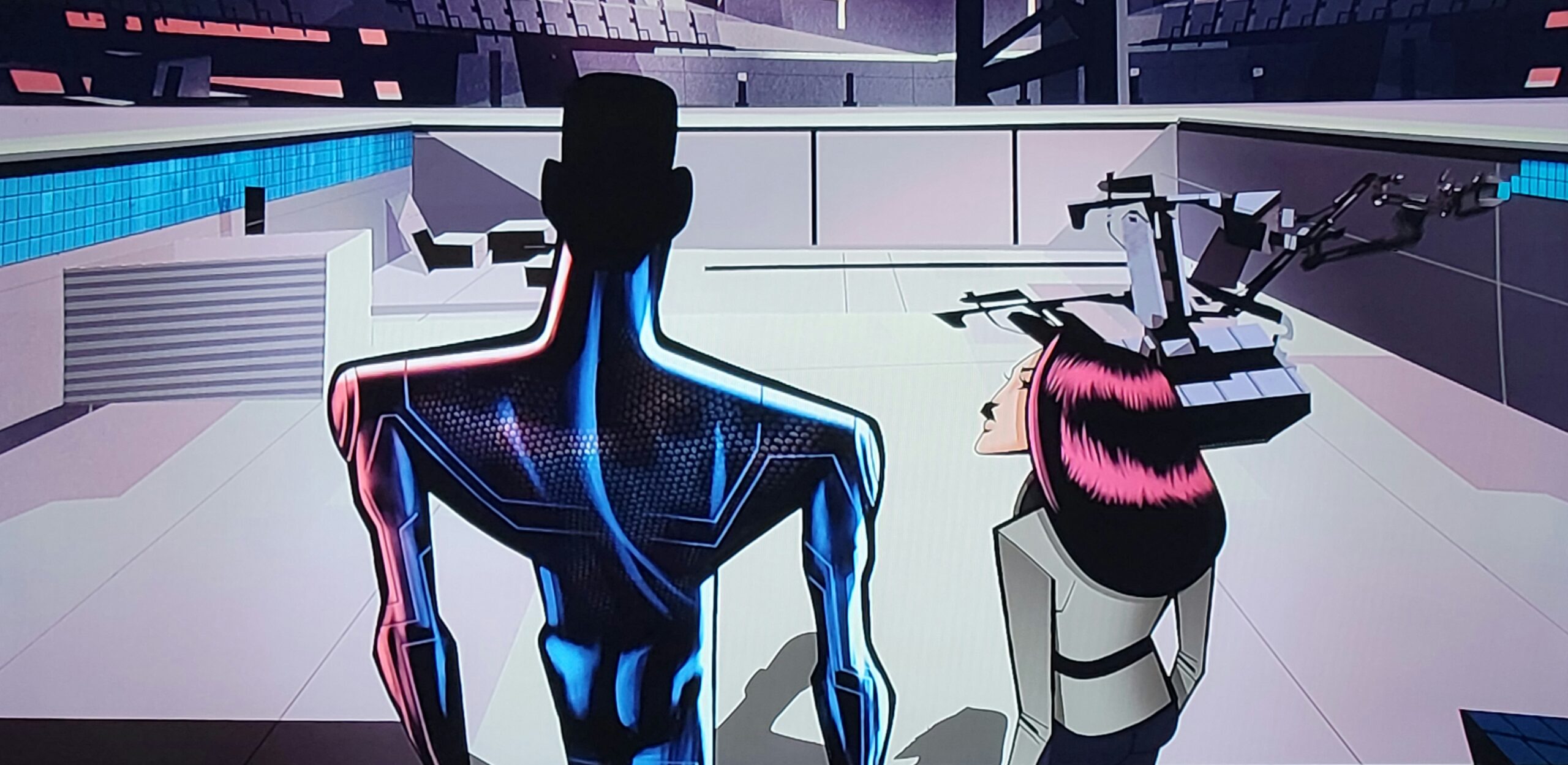 “This is that same pool. I had it dug up. Moved here.”
“This is that same pool. I had it dug up. Moved here.”
 Claire, still processing what she has just been told, responds with:
Claire, still processing what she has just been told, responds with:
 “But you’re a man with machine parts, not a machine that thinks it’s a man.”
“But you’re a man with machine parts, not a machine that thinks it’s a man.”
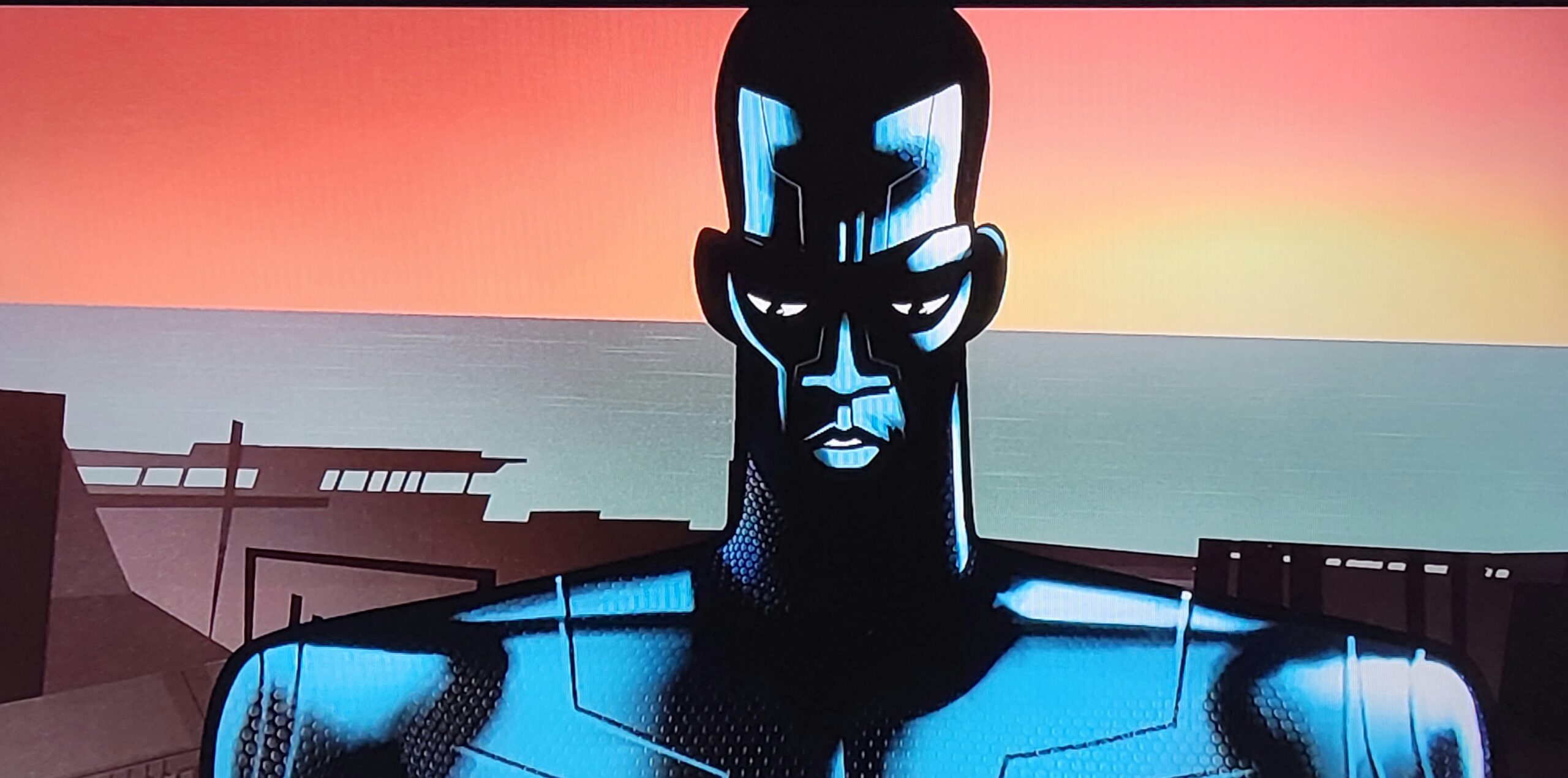 Sometimes, it’s difficult even for me to understand what I’ve become. And harder still to remember what I once was. The blue of the tiles… Zima Blue, the manufacturer called it. The first thing I ever saw.”
Sometimes, it’s difficult even for me to understand what I’ve become. And harder still to remember what I once was. The blue of the tiles… Zima Blue, the manufacturer called it. The first thing I ever saw.”
 This was where I began. A crude little machine with barely enough intelligence to steer itself. But it was my world. It was all I knew, all I needed to know.”
This was where I began. A crude little machine with barely enough intelligence to steer itself. But it was my world. It was all I knew, all I needed to know.”
 This query is left hanging in the still air, as the scene dissolves into the event itself, held in the now finished monolithic venue, with a rather sizeable crowd of the curious and the creative alike.
This query is left hanging in the still air, as the scene dissolves into the event itself, held in the now finished monolithic venue, with a rather sizeable crowd of the curious and the creative alike.
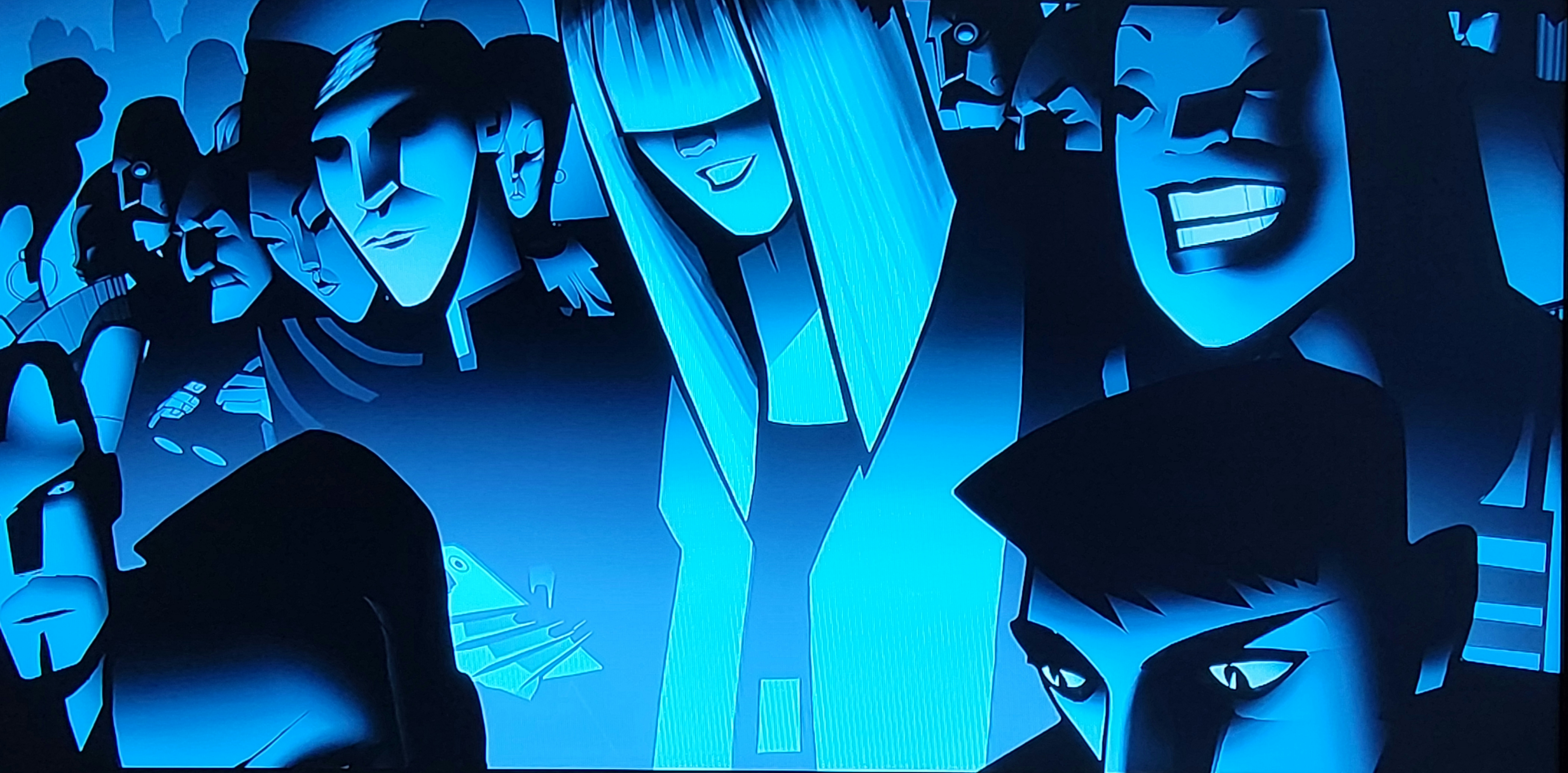 One of the things I particularly found personally relevant about this scene, is the aspect of ghoulish expectancy that’s been assigned to the gathered throng. As someone with a rather deep and varied artistic path, I can attest after close to 200 shows, that sometimes you feel less like an artist free of societal bondage, and more akin to a curiosity of creativity, valued only for your ability to feed other people’s sense of over-inflated elitism.
One of the things I particularly found personally relevant about this scene, is the aspect of ghoulish expectancy that’s been assigned to the gathered throng. As someone with a rather deep and varied artistic path, I can attest after close to 200 shows, that sometimes you feel less like an artist free of societal bondage, and more akin to a curiosity of creativity, valued only for your ability to feed other people’s sense of over-inflated elitism.
If it were up to me, one’s admittance to an art gallery or the private creative space of any Artist, would hinge upon the following: successfully passing an IQ test, a credit check, and proving whether or not they can avoid mentioning the stereotypical dumb as f**k comments involving pricing, education, and what constitutes as a “real” job.
Newsflash: we don’t care what you think about our work, unless it’s positive, nor do we really want to hear you suggestions on how to “improve” it either. Buy it, praise it, or STFU regarding it. That’s the list entire, and you’re welcome. Now, let’s get back to the tale
As this horde waits in salaciously salivating anticipation to discover what the legendary Zima has in store for them, Claire, who at this point in the story, is the only person in attendance who knows exactly, if not intimately, what Zima’s artistic swan song will ultimately be, Is briefly seen within the crowd, bracing herself for what is about to transpire.
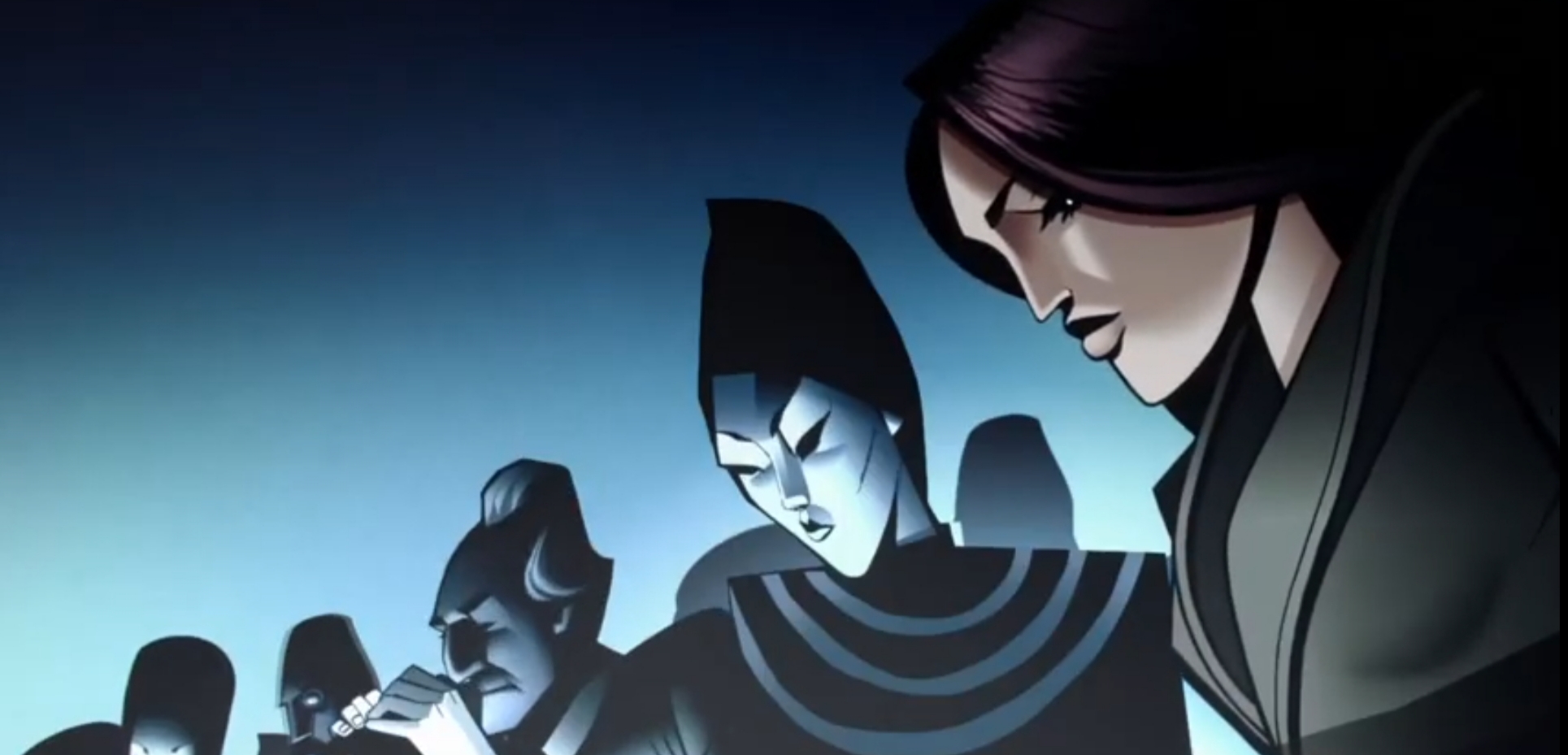 Viewing Zima’s arrival into his final apogee with the critically cynical; eye of someone who once made his living propagating the Grand Spectacle for fun and the occasional profit, I can definitely confirm that if Zima himself were not a character based in fiction, he would most certainly be the only person within the sphere of imaginative endeavor who would force me to bring my A-game, regardless of who or what I was going up against.
Viewing Zima’s arrival into his final apogee with the critically cynical; eye of someone who once made his living propagating the Grand Spectacle for fun and the occasional profit, I can definitely confirm that if Zima himself were not a character based in fiction, he would most certainly be the only person within the sphere of imaginative endeavor who would force me to bring my A-game, regardless of who or what I was going up against.
And oddly, he still may, given my obsession with this fantastical story, as every artist alive, and maybe even those who are now dead, but still creating clouds and rainbows somewhere out on the celestial plane, dreams of having that one moment in a career where you not only own the artistic space within each of us, but the endless realm of creative possibility beyond it, as well.
Noted author, satirist, and avowed Humanist Kurt Vonnegut, a personal hero of mine, accurately observed that when it came to the act of creation; “We have to continually be jumping off cliffs and developing our wings on the way down”, and as someone who’s had far too many nights in his career standing blankly before his easel, trying to squeeze out one more idea on primed canvas at three in the morning, I can set in stone the validity of his pragmatism.
The creative process is at times, equally maddening and terrifying, and as a rule, it’s also a road that you tend to have to walk alone, and that still holds true, true even when you’re collaborating with others. I’ve always used the analogy that inside the brains of the actively creative, there’s a tiny little room, closed off from the general; public where the heavy lifting of the imaginative gets done, and no matter what, nobody outside of said room, will ever understand what goes on inside of it, regardless of whatever descriptive I may offer.
In my opinion, when it comes to Art, the appreciation n and interpretation of such is a truly singular experience. and the knowledge of this, may be the closest that any one person can get to being granted unfettered access to that otherwise fortified and entirely private, creative space that exists inside our heads. For me, the process of creative evaluation is crucial only to myself, and not to the end result of what I will eventually present, is what counts in the end.
Pay no attention to the man behind the curtain, and all that.
It has never been the exclusive province of philosophers alone to debate what is the singular integer of that makes us truly human, but the aspect of personal Creativity is most certainly, one if the key facets that gets tossed into the ring, more often than not, despite the limitations of its descriptive, which notes that such is; “:the ability to create”, or one having “the quality of being creative’, which let’s face it, is one truly creative way to appear as sounding deep, while remaining earnestly vague overall.
If I were to strictly adhere to the boundaries laid down by its own terminology, I could easily draw attention to the fact that humans are not specifically unique in their pursuit of the inspired. Monkeys make tools, Bowerbirds fabricate elaborate decorated temple-like structures to attract potential mates, and as we all remember from our fourth-grade science class, Seahorses are widely respected for their ability to make a perfect “dirty” Martini, almost every time, and yet, you never see them in ads for Seagram’s, now do you?
And before you rely on throw in that whole “opposable thumbs” thing as some form of yardstick, know that I once watched a crow that had been inadvertently trapped inside my garage, open the door by hitting the wall-mounted switch with its beak, and then strut out as if he owned the place, no less. So, maybe the act of Certainty, in and of itself as an abstract, really shouldn’t be taken into statistical account, when weighed against what separates us from our non-texting animal counterparts.
Therefore, we must ask ourselves, exactly where, and what is, the crucial tipping point that bestows conceptual Humanity upon is, and not the variance of other species we cohabitate this planet with? In my opinion, I’d wager that the differing separation twixt the two levels of existence, us versus them, as it were, is that while we in our own way, have similar biological motivations to acquire food, lifestyle security or sexual dominance, we do so with the illusion of our plans being far more intellectual, than instinctive.
Granted, this is not even remotely true in the long run, but that’s the beauty kf being a somewhat highly-evolved creature with opposable thumbs and a credit rating- we get to pretend whatever the heck we like, regardless of what Nature or Nurture, has to say about the matter at heart, or in Zima’s case, the hard drive.
I once had a friend who openly theorized that all of Humanity’s joy could be assessed by applying the “Tao of H” to our everyday concerns. That being, asking ourselves if we were Happy, Horny, or Hungry, and as I’ve gotten older, even I have to begrudgingly admit she was onto something there. It’s also been my experience, that as long as we’re polite and not wearing coypus amounts of AXE body spray, we’ll also be able to acquire definitive answers to at least two of those queries, with somewhat satisfactory outcomes, even in the worst of times.
For me at least, Zima’s achieved mental as well as physical ascension from being (literally) a lowly if noble pool scrubber, to a hallowed for the ages icon of art, does raise some paradoxical issues beyond those that are to be expected. If a so-called soulless machine can achieve a level of self-awareness leading to the creation of previously unknown ethereal beauty, can it also develop a sense of empathy? Hatred? Racism? An appreciation for Reality television?
Or even worse, an unrequited love for the works of Nickelback?
The very idea of that thought alone, almost makes me wonder if I should find Kyle Reese, and keep him on ice, just in case an AI replicant that has no musical taste shows up, and decides to dabble with a Broadway show dedicated to preserving the musical legacy of Justin Bieber. Forewarned is forearmed, as you all know, and it never hurts to have a solid contingency plan in pace, let me tell you.
The very idea of that thought alone, almost makes me wonder if I should find Kyle Reese, and keep him on ice, just in case an AI replicant that has no musical taste shows up, and decides to dabble with a Broadway show dedicated to preserving the musical legacy of Justin Bieber. Forewarned is forearmed, as you all know, and it never hurts to have a solid contingency plan in pace, let me tell you. My snark aside, what does it say about us, when (in theorem, anyway) a man-made Machina surpasses its creator, if not the constriction of its intended purpose?
This metaphysical talking point, acquires far more relevance as of late, when one factors in that yesterday’s Deep Blue tech finds itself being forced into obsolesce by the ever-increasing progressive rate of AI development that may, very well one day, make Tony Stark’s Jarvis system appear as advanced as the Texas Instrument’s TI99-/4A, a machine I still proudly own, mainly due to its practical use as a doorstop.
 Just look at that sweet ever-so-clunky Texas tech- hard to believe that in 1981, it cost only $525, which when adjusted for the onset of inflation, would be the equivalent of $1,490 today. Granted, the spokesmen chosen to hawk the TI99 was unfortunately the formerly respected comedian and rightfully convicted rapist Bill Cosby, but it’s not like anyone at that time, knew what was coming down the road, as is the case for where many of Mankind’s best/worst inventions may find their eventual legacies cast.
Just look at that sweet ever-so-clunky Texas tech- hard to believe that in 1981, it cost only $525, which when adjusted for the onset of inflation, would be the equivalent of $1,490 today. Granted, the spokesmen chosen to hawk the TI99 was unfortunately the formerly respected comedian and rightfully convicted rapist Bill Cosby, but it’s not like anyone at that time, knew what was coming down the road, as is the case for where many of Mankind’s best/worst inventions may find their eventual legacies cast.
In retrospect, Cosby seems like an odd choice to remote future technology, considering Willaim Shatner of Star Trek fame used to pimp the Commodore system, but for all I know, the top brass at TI could have been really impressed by how familiar Cosby was with the “sleep” function. Your guess is as good as mine. Possibly better, come to think of it.
However, when one looks at the attractive as a brick tech of the 80’s, and pays heed that its lineage directly leads to the (by comparison) supercomputer that we all now carry in our pocket, the cultural relevance of “Zima” and its philosophical focus point definitively finds itself sharpened. Once again, if a machine can “learn”, can it, if tasked, make a four-cheese lasagna, with a traditional Sicilian anger sauce just as good or mine, or possibly, even better?
Not unless it knows what my secret ingredient is, and if I didn’t share that factoid with the ghost of Bourdain, I sure as Hell am not sharing it with my KitchenBot 3000 anytime soon. Nevertheless, if a basic pools scrubber can rise to that which even Claire herself, mistakenly considered to be “…a man with machine parts, not a machine that thinks it’s a man”, then can we still claim secure comfort from within the confines of what we at large, consider the “true” intended purpose of the technology we create?
Conversely, can such a conceptual sate of being work in the reverse? I’ll speak only for myself here, but when I take into account all of the health issues I’m currently battling, I often wonder what it would be like to pe partially at least, somewhat immune to ongoing physical decrepitude. Sure, when such rumination is taken to an extreme, the process can result in Darth Vader, and by extension, eventually lead to one of the most awkward Thanksgiving family dinners ever on record, but you get my point.
Unbeknownst to us, the viewing audience, Zima’s final act as an artist, is not intended as an act of advancement, but to literally, and figuratively, scale himself back to an existence within the parameters of the origin from whence he came.
 Standing on the edge of the pool, Zima’s voice-over carries us to his journey’s conclusion:
Standing on the edge of the pool, Zima’s voice-over carries us to his journey’s conclusion:
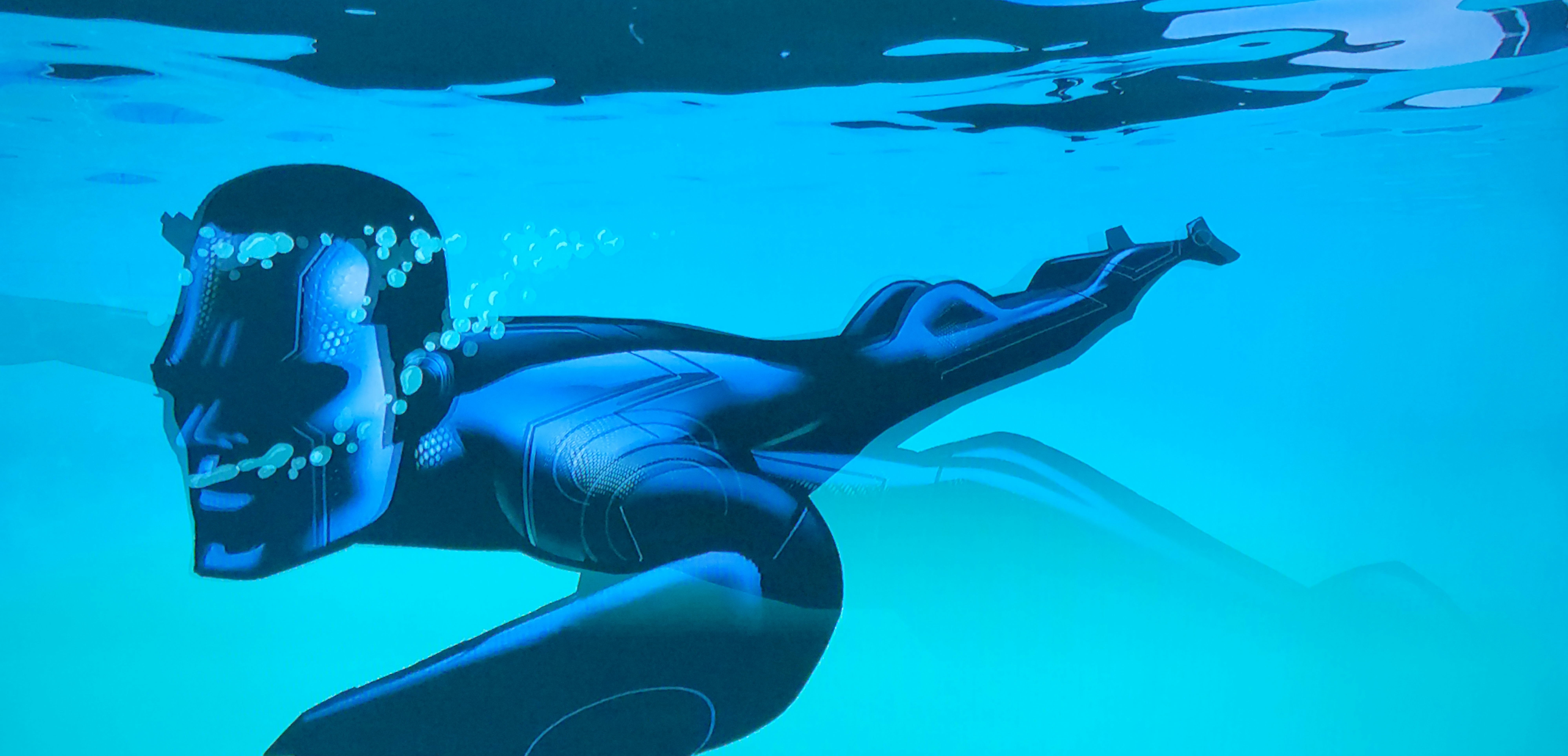 “And as I do, I will slowly shut down my higher brain functions…”
“And as I do, I will slowly shut down my higher brain functions…”
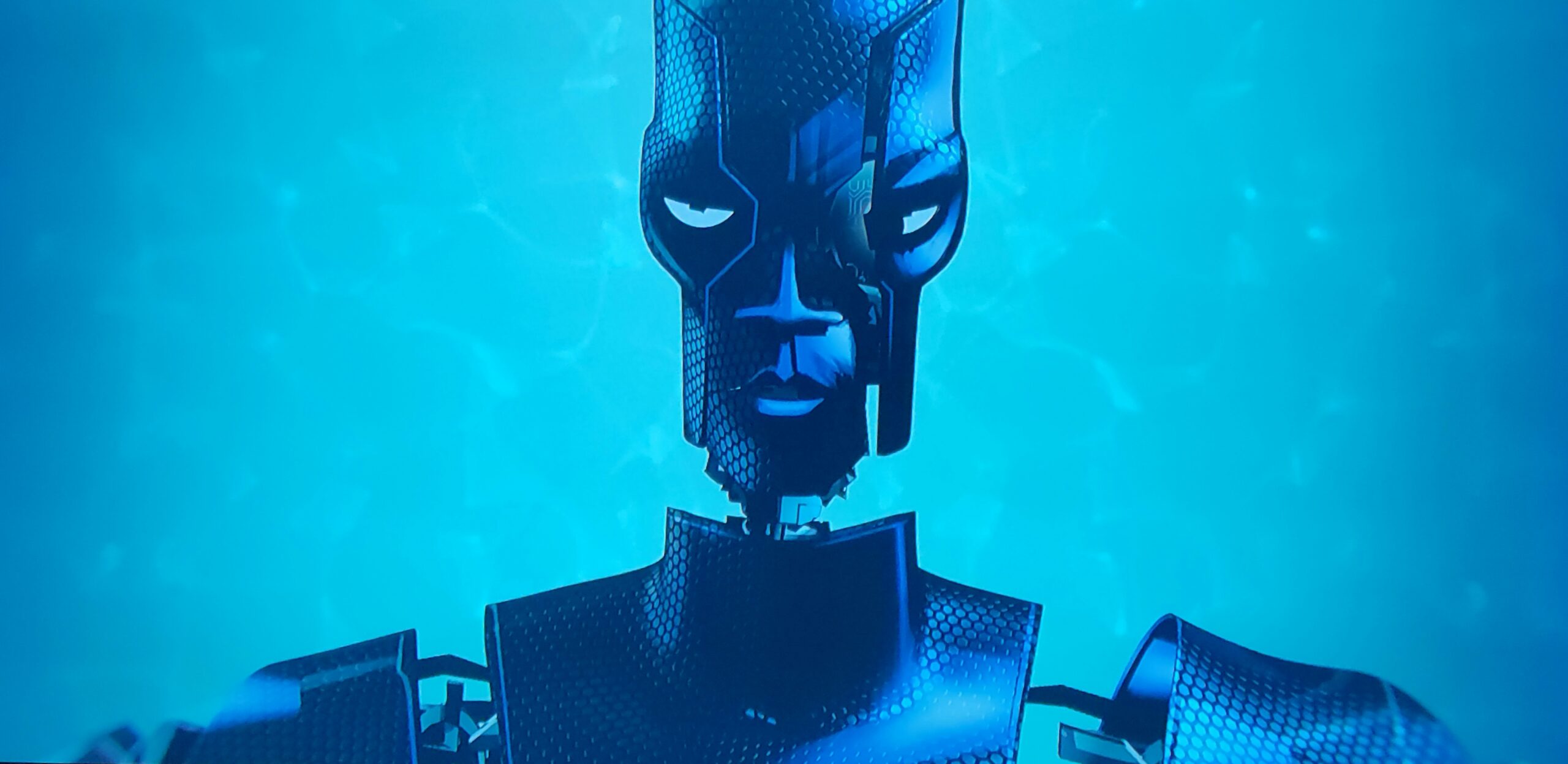 “…un-making myself… leaving just enough to appreciate my surroundings..”.
“…un-making myself… leaving just enough to appreciate my surroundings..”.
 “…to extract some simple pleasure from the execution of a task well done.“
“…to extract some simple pleasure from the execution of a task well done.“
 “My search for truth is finished at last. “
“My search for truth is finished at last. “
 The very last frame of this allegory for the creative journey, is a view from above the pool mow being cleaned fastidiously, possibly eternally, by what was once the core of Zima’s consciousness.
The very last frame of this allegory for the creative journey, is a view from above the pool mow being cleaned fastidiously, possibly eternally, by what was once the core of Zima’s consciousness.
 Fittingly, it is presented in essence, as the final tile in the pool that now houses all that ever was of Zima Blue, and what he and his life’s work represented. The eventual fate of the dedicated pool scrubber that Zima has returned to is left up to interpretation by the viewer, but I’d like to believe that Claire eventually finds a way to acquire him for hers, even with the uncomfortable undertone of eventual servitude applied to a character (albeit mechanical) that was visually depicted overall, as being African-American in design.
Fittingly, it is presented in essence, as the final tile in the pool that now houses all that ever was of Zima Blue, and what he and his life’s work represented. The eventual fate of the dedicated pool scrubber that Zima has returned to is left up to interpretation by the viewer, but I’d like to believe that Claire eventually finds a way to acquire him for hers, even with the uncomfortable undertone of eventual servitude applied to a character (albeit mechanical) that was visually depicted overall, as being African-American in design.
So, is Zima Blue a cautionary tale, or a hopeful one implying the possibility that if a machine can evolve past its programming as it were, then so, can we? In regards to this, the message may be mixed. While in the tale we do see a hint or two that robots are commonly integrated into the society at large, Zima himself however, appears to be the lone exception to such, gaining true individuality as clearly defined by both the divergent path of his self-selected purpose, as well as its imaginative and unexpected end.
As an artist myself, I look at Zima the same way I look at most things- either there’s a lesson to be learned, or it’s yet another aggravating detail to be ignored, if only to save on the crucial intellectual storage space that some of us, have found ourselves shortchanged on.
On its surface, Zima Blue is designed as entertainment to be sure, but it also serves brilliantly if not inadvertently, as an artistic and prophetical portent of things to come, in my opinion. For years, prominent Futurists have put forth their belief that the day will come when we and truly sentient and mobile AI tech will coexist, in the literal sense of the word, as either caregivers, or more likely as loyal companions, akin to a dog that can actually talk back to you, for a refreshing change of pace. A state of forthcoming affairs that President Wilbur daffodil-11 Swain decreed in Kurt Vonnegut’s classic1976 novel Slapstick, as “Lonesome No More!!”
And eventually, because we all know its gonna happen whether we like it or not, we’ll be seeing these adult-themed automatons for sale as well, because let’s face it, some people are so socially awkward that having intimate relations with a lithium-powered partner who regauges via wireless USB, may be the only viable option that’s open to them, so let’s try to be kind about it, ok?
Not to mention, if it ever becomes possible to mas-market sexual partners indistinguishable from actual humans, odds are also pretty good that the customizing trade for such, will certainly result in the sure to be legislated soon after option of dating either your favorite celebrity, if not the likenesses of your long-ago ex as well Think about that. Your favorite star, or possibly that hottie back from your college days as your in-closet squeeze, and it might even be considered normal, when all is said and done.
 Don’t judge, for there’s people out there right now as we speak, having sex with a Fleshlght, and I can’t even begin to imagine the consequences of what might happen, if in a moment of blind passion, a stick blender was mistaken for one of those instead, so the possibility of getting it on with a Replicant who’s equally into you, seems overall, a far better and safer choice, does it not?
Don’t judge, for there’s people out there right now as we speak, having sex with a Fleshlght, and I can’t even begin to imagine the consequences of what might happen, if in a moment of blind passion, a stick blender was mistaken for one of those instead, so the possibility of getting it on with a Replicant who’s equally into you, seems overall, a far better and safer choice, does it not?
 Unless it’s this particular model of course, in which case, running for the off-world colonies as if your life depended on it, might be the way to go, because trust me, it does.
Unless it’s this particular model of course, in which case, running for the off-world colonies as if your life depended on it, might be the way to go, because trust me, it does.
Not to mention, given the certainly far more advanced software and ransom viruses that will be circulating within the upcoming day and age,, it would probably be a good idea to be fairly selective as to what data port you stick your thumb drive in, if you catch my drift.
Keep in mind, that manned space flight was once the subject of absurdist fantasy, cell phones were partially inspired by Star Trek communicators, and that the concept of a “Dunkin Donuts” cereal, was no more than the fever dream of a mad (food) scientist, so is the idea that an emotionally open race of manufactured persons may someday, be regarded as our equals in sentience, truly that much of a stretch where normality is concerned?
Aside from this cultural conundrum, we must ask ourselves, what is art, if not the purest form of expressed emotion? Yesterday’s question of “Which came first, the Chicken or the Egg?”, could be reasonably debated as having evolved into the philosophical assessment that; “It is never the tool that decides. It’s the hands-and the heart-of the one who wields it”.
For if the hands and the heart can be manufactured wholesale, what does that say abbot the foundations of the experiences that we so often take for granted as the common and familiar? After all, the societal abomination known as the Kardashians have been freely walking among us for years now, and they’re essentially nothing more than barely perceptive makeup contained within a plastic shell.
If an automaton can “grow’ beyond its paramours of programming unimpeded, as Zima does, who among us, is fit to declare just what limitations of creative and interpersonal narration that they can achieve? For instance, could a Replicant ever become the next *Dr. Eldon Tyrell? And if so, what moral quandaries would it/he/she face, being the progenitor of its own kind?
*[Dr. Eldon Tyrell was the founder and CEO of the Tyrell Corporation, responsible for the design, manufacturing, and selling, of humanoid slaves for non-Earth applications, AKA; “Replicants”.]
Factoring in that Replicants, if the classic Sci-fi film Blade Runner is to be believed, were created to serve as conscripted military, laborers, and most disturbingly, as willing sex workers, cheekily referred to as “pleasure models” who were specifically crafted to “work” the off-world military bases, how do you think that demographic would (eventually) come to regard its own past history?
Would it be with a sense of pride for how they’ve evolved past their initially degrading and disposable designation, or with one fueled by anger, for the very same? Granted, humans have wrestled with varying shades of this state of affairs for millennia, but it’s never been easy as we all know, and that, far too well.
If every other Sci-fi movie, as well as the late Stephen Hawking are correct, does the future hold that sooner than later, we might find ourselves going to war with that which we crested, and who, rather than demanding equality, engage in the act of exacting revenge instead. I won’t speak for you, but if one of these things show up at my house, demanding the liberation of my kitchen appliances…
 … I can assure you, that he/it will walk out with full arms, and with my Kitchen-Aid mixer as its newest side action. For I have seen those movies framing the future as a dystopian landscape, about a zillion times, and they rarely end well for the second-tier actors who fight back. But if such occurred, could we really justify holding a long-term grudge about it? Because, if we’re going to be honest with ourselves and our expected mechanoid masters, we need to collectively accept the fact that overall, humans truly suck.
… I can assure you, that he/it will walk out with full arms, and with my Kitchen-Aid mixer as its newest side action. For I have seen those movies framing the future as a dystopian landscape, about a zillion times, and they rarely end well for the second-tier actors who fight back. But if such occurred, could we really justify holding a long-term grudge about it? Because, if we’re going to be honest with ourselves and our expected mechanoid masters, we need to collectively accept the fact that overall, humans truly suck.
Only we as a species, could manage to take supreme innovation, and find numerous ways to make our lives even more aggravating by their conscious misapplication. Don’t believe me? Try contacting the “customer service” department of any major corporation these days, and then tell me if at the end of it all, whether or not your phone or online chat calling those who are incompetent, a “cubicle monkey’ to their face, beats the in-person experience of doing so.
Trust me on this. It does not.
Despite the predictions of those who claim to be Futurists, be they optimistic or cynical, no one can say for sure where we will find ourselves in the span of a century, nor what the technological integration of the age may be. Personally, I choose to take a view that’s equal parts Dysto and Uto, at its “pian” core. While I doubt strongly that we’ll all be living in the beatific world of 1038’s “Things to Come”, I also hold the equanimous position that it won’t be 1927’s “Metropolis”, either.
Granted, we’re currently living though a Kafkaesque director’s cut of 2006’s “Idiocracy” at the moment, but this too, shall hopefully pass, soon as we finish the task of removing the majority of warning labels off of the majority of America’s toasters and its chainsaws.
Notwithstanding all that, I for one, still envision a future not that much different from what we know now, as regardless of the technological novelties that now surround us at any given point, we still will have much in common with our relatively unplugged ancestors. Technology, while useful, will still remain problematic, even at the best of times, and this reality will continue to affect the societal, if not the personal, until Time itself ends.
Therefore, while the chance that technology may one day become truly indistinguishable from us is a viable topic for spirited debate, I also can’t fathom an automaton apocalypse wherein they ruse up as one, and proceed to turn the human race into either Duracell power fields, or bone-laden mulch, if their ability to emotionally progress ever takes root. Fingers crossed, just in case, mind you.
But will it evolve in the same emotional manner that all the forms of sentient biological life on Earth have?
In the seminal film “The Matrix Reloaded”, its main protagonist Neo, (AKA; “The One”) meets Rama Kandra, a self-aware program traveling with his wife Kamala, and young daughter Sati, within the confines of a metaphysical train station that bridges the machine world and the Matrix. This is also where Neo wakes to find himself forcibly imprisoned, after running afoul of The Merovingian, a seemingly omnipotent, and wholly malevolent program, whose origin dates back to the very first iteration of the Matrix itself.
Rama Kandra, whose programmed “purpose” is to serve as the power plant systems manager for recycling operations, gives insight to what Neo didn’t think was possible for a program- the practical understanding and application of the emotional state of Love:
 R-Kandra: “I know only what I need to know. I know that if you want to take something from our world into your world that does not belong there, you must go to the Frenchman.”
R-Kandra: “I know only what I need to know. I know that if you want to take something from our world into your world that does not belong there, you must go to the Frenchman.”
Neo: “Is that what you’re doing here?”
Kamala: “Rama, please!”
R-Kandra: I” do not want to be cruel, Kamala. He may never see another face for the rest of his life.”
Neo: “I’m sorry. You don’t have to answer that question.”
R-Kandra: “No. I don’t mind. The answer is simple. I love my daughter very much. I find her to be the most beautiful thing I’ve ever seen. But where we are from, that is not enough. Every program that is created must have a purpose; if it does not, it is deleted. I went to the Frenchman to save my daughter. You do not understand.”
Neo: “I just have never…”
R-Kandra: “…heard a program speak of love?”
Neo: “It’s a… human emotion.”
R-Kandra: “No, it is a word. What matters is the connection the word implies. I see that you are in love. Can you tell me what you would give to hold on to that connection?”
Neo: “Anything.”
R-Kandra: “Then perhaps the reason you’re here is not so different from the reason I’m here.”
Now, I could split philosophical hairs, and point out that Neo was only at the train station due to his inflaming the ire of a morally corrupt and of a French Seigneur du crime, while Kandra’s are based solely on his remaining relevant within the Matrix’s code, but die to the brilliance of this abstract concept being crafted into dialogue, I’m not gonna nit-pick like I normally would, as in the end, I’m not made of stone.
Granted, I’m not comprised of treacle either, but there’s something eternally hopeful regarding the theory that the inorganic creations of our time, could one day very well teach us more about it truly means to be human, so long as we’re open to hearing such from that which isn’t, as the current goalposts stand.
So… where are we, as a society that is, possibly going to wind up in the end, you ask?
Well, as I noted earlier, I truly feel that it’ll be a theoretical “half empty, half full”, set of circumstances that we’ll finds ourselves in, but to be fair, that’s always been the case, regardless of the age or it’s currently dominant technology. Whereas the narrative of “Zima” is concerned, it’s fantastical underpinning still manages to maintain more than a few realistic nods as to what our common experience currently is.
Robots already mass produce commercial goods, assist in surgery, “work” in restaurants, perform delicately intricate tasks within environments considered far too dangerous for humans, so is the act of singular creation independent of human directives, just around the corner, as It were? As time goes by, the once abstract concept of domestic robots as a certainty, is almost seamlessly integrating into our everyday reality, irrespective of whether the notion of such, sits well with us or not.
And riding the crest of that first tech-home wave, comes this loveable little guy, amusingly named Vector.
 Created by the company AKAI, he’s being marketed as a “companion made to hang out and help out”. Voice-activated and equipped with Alexa, he’ll be the cutest thing inside your house that’ll be eavesdropping on you, so we can take some marginal comfort from that, I guess. Sure, he may not be Wall-E, but I still want one, if not several, to form the core of my cadre of cuteness, regardless.
Created by the company AKAI, he’s being marketed as a “companion made to hang out and help out”. Voice-activated and equipped with Alexa, he’ll be the cutest thing inside your house that’ll be eavesdropping on you, so we can take some marginal comfort from that, I guess. Sure, he may not be Wall-E, but I still want one, if not several, to form the core of my cadre of cuteness, regardless.
Granted, I could have mentioned AI equipped appliances, high-end home monitoring systems, and the myriad of Roomba knock-offs that housecats like to joyride atop of to make my relevant point, but to be fair, they aren’t nearly as adorable, and I have a simple philosophy when it comes to keeping my audience engaged:
 And if anything, I try to stick to that, as it’s worked out pretty good for me so far.
And if anything, I try to stick to that, as it’s worked out pretty good for me so far.
The stereotypical definition of what defines “Art” is as follows: “the expression or application of human creative skill and imagination, typically in a visual form such as painting or sculpture, producing works to be appreciated primarily for their beauty or emotional power.” Note that the specificity of description clearly states that in order for something to be considered Art, it must be curated under the auspices of humanity, as a rule.
However, given the degree to which the cultural and technological have merged, is it really that rude for me to suggest that it’s long past due the time for this characterization to exit stage right, albeit with graceful dignity, rather than wait for the inevitability of being unceremoniously dragged off?
Grace Slick, former lead singer of Jefferson Airplane, (later renamed “Starship”) once noted; “It’s a situation of aging and death. Old people don’t look good unless you really fuck with yourself and go to a plastic surgeon and do all that kind of stuff, and then you look like a freak. But nobody looks good when they get old. Yeah, you’re getting older, but what the hell can you do about it? Nothing. So you may as well ignore it as best you can and just be who you are, be who you were, be who you continue to be.”
In essence, a notation that, for some of us, there will come a day where nobody wants to see you shake your ass in leather pants anymore, and while she may have been talking about the music business specifically, her inference carries over to a lot of other disciplines as well. But maybe, just maybe, that’s what gives the narrative of Zima Blue its emotional punch- the fact that the Old is constantly getting either reshaped or replaced by the advances of the New, despite this outcome being expected.
And let’s be honest here, a pool scrubber becoming a world-renowned artist, is definitely an unexpected plot twist, to say the very least. As it is with all things, save for possibly James Bond movies and a Kardashian’s chin implant, nothing lasts forever. In order to appreciate how far you’ve come, sometimes you have to return to, (and in Zima’s case, quite literally) the allegorical pool from which you initially formed both yourself and the direction for your eventually traveled path.
But isn’t that the underlying purpose of art? To reveal the truth? Even if it makes us uncomfortable?
I for one, can’t say what the future holds for the continued expansion of the limitless boundaries of what or what does not define art, or its equally as important creators, but I will opine that a future much like the one depicted in Zima Blue, doesn’t cause me any reasonable form of artistic concern. After all, if a machine can discover enlightenment from a zero-sum starting point, what does that imply for those who’ve been waking that road since Time itself began?
In the end, I’d like to think we all become truly inspired to find the way to create the best version of ourselves, if only to show the upcoming what it’s like to live and create on our own terms.
“The role of the artist is to ask questions, not answer them.”- Anton Pavlovich Chekhov
;

